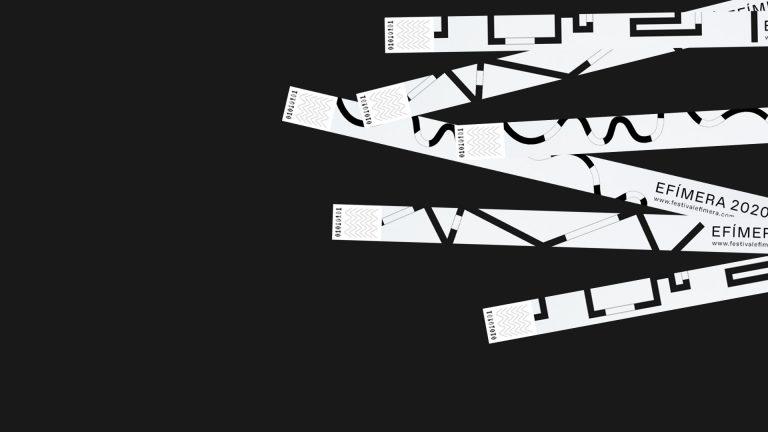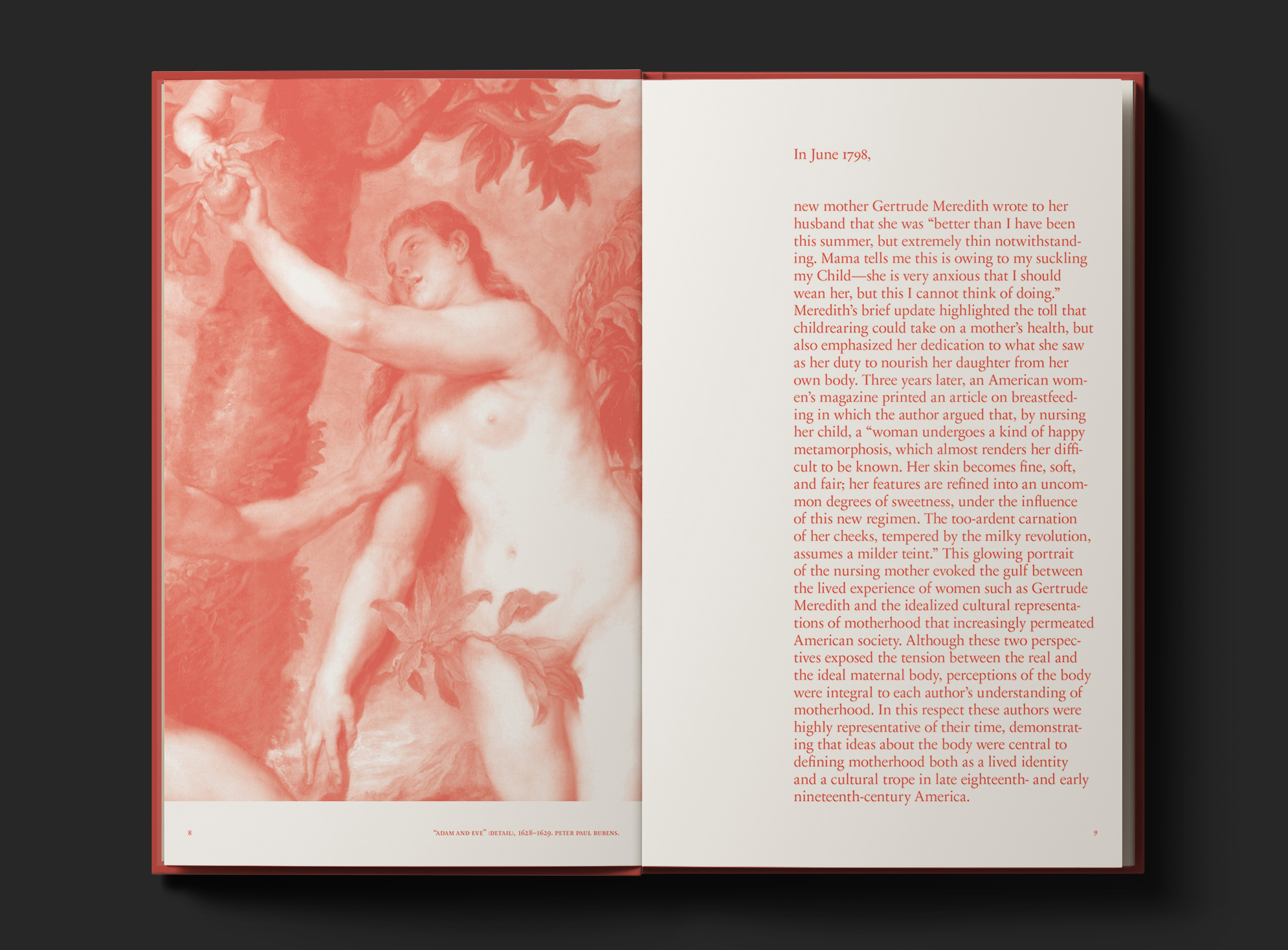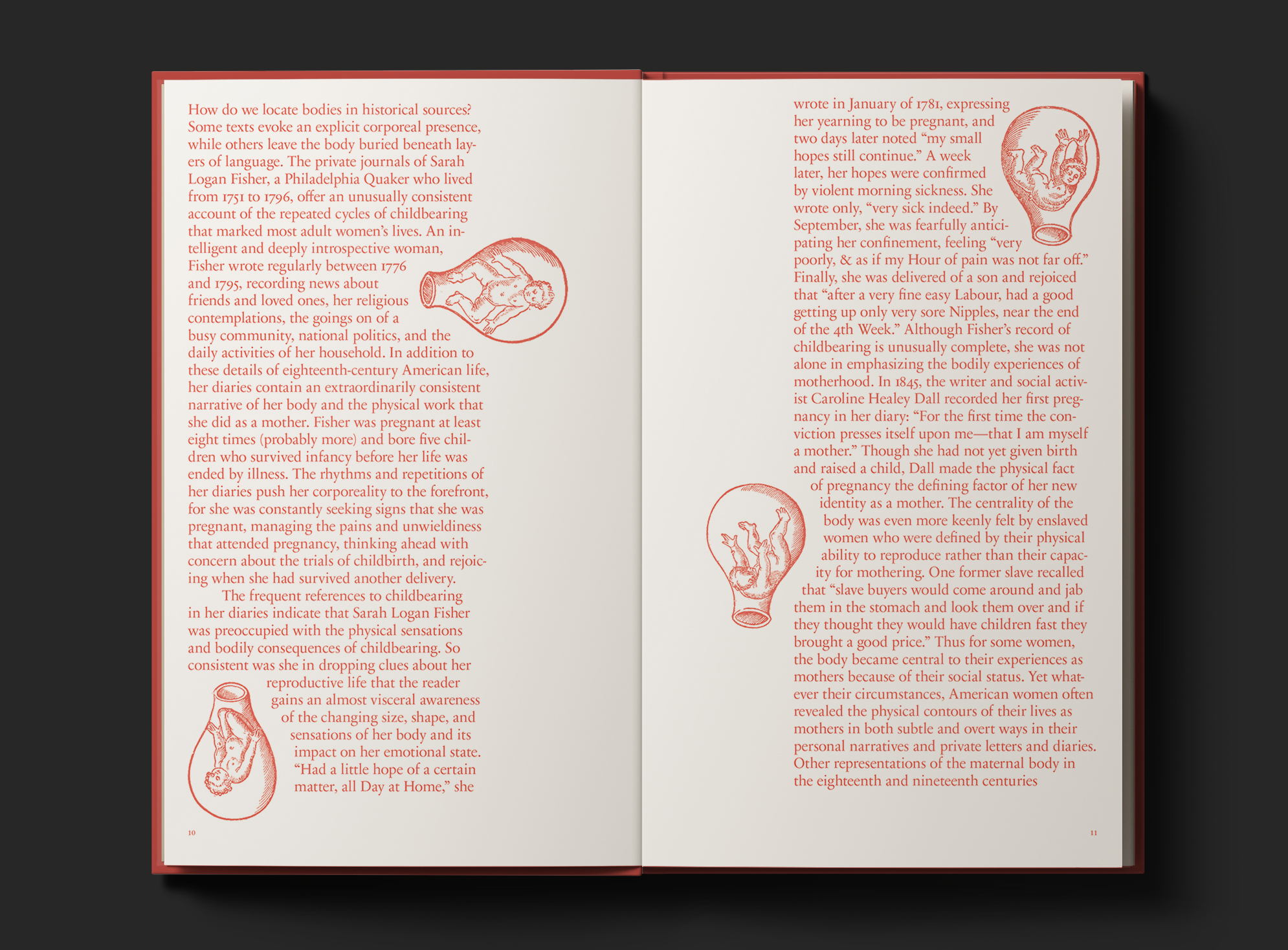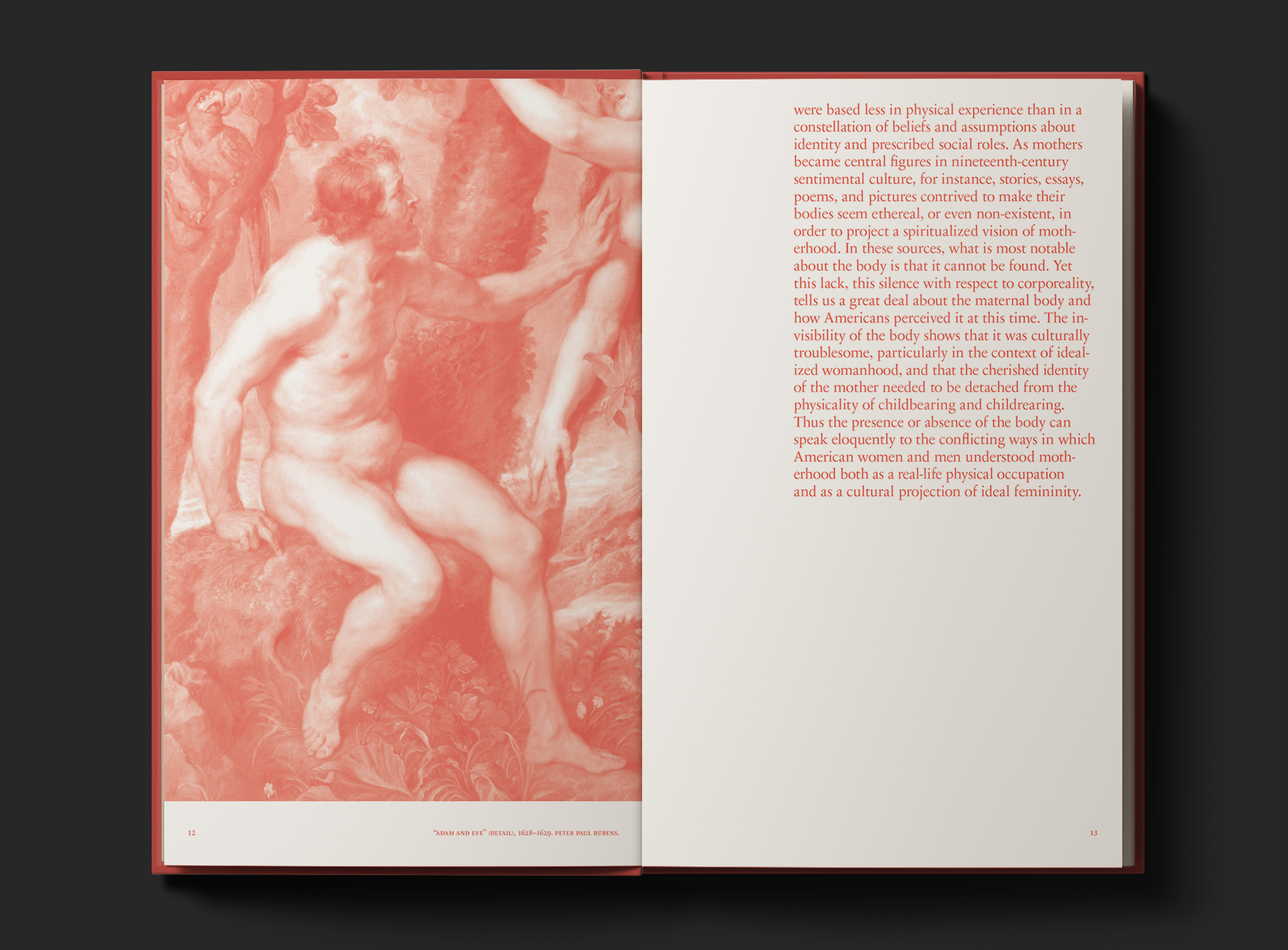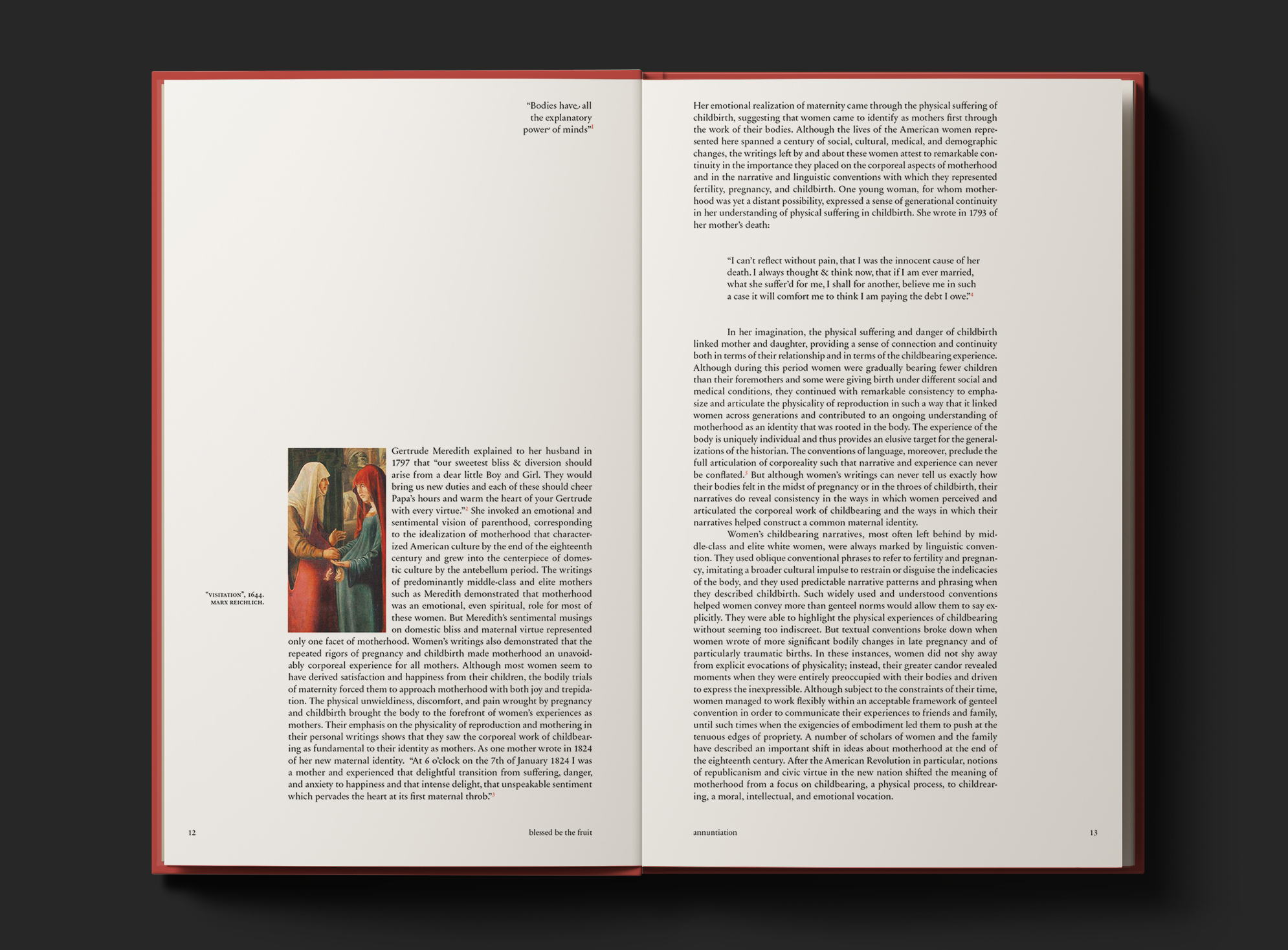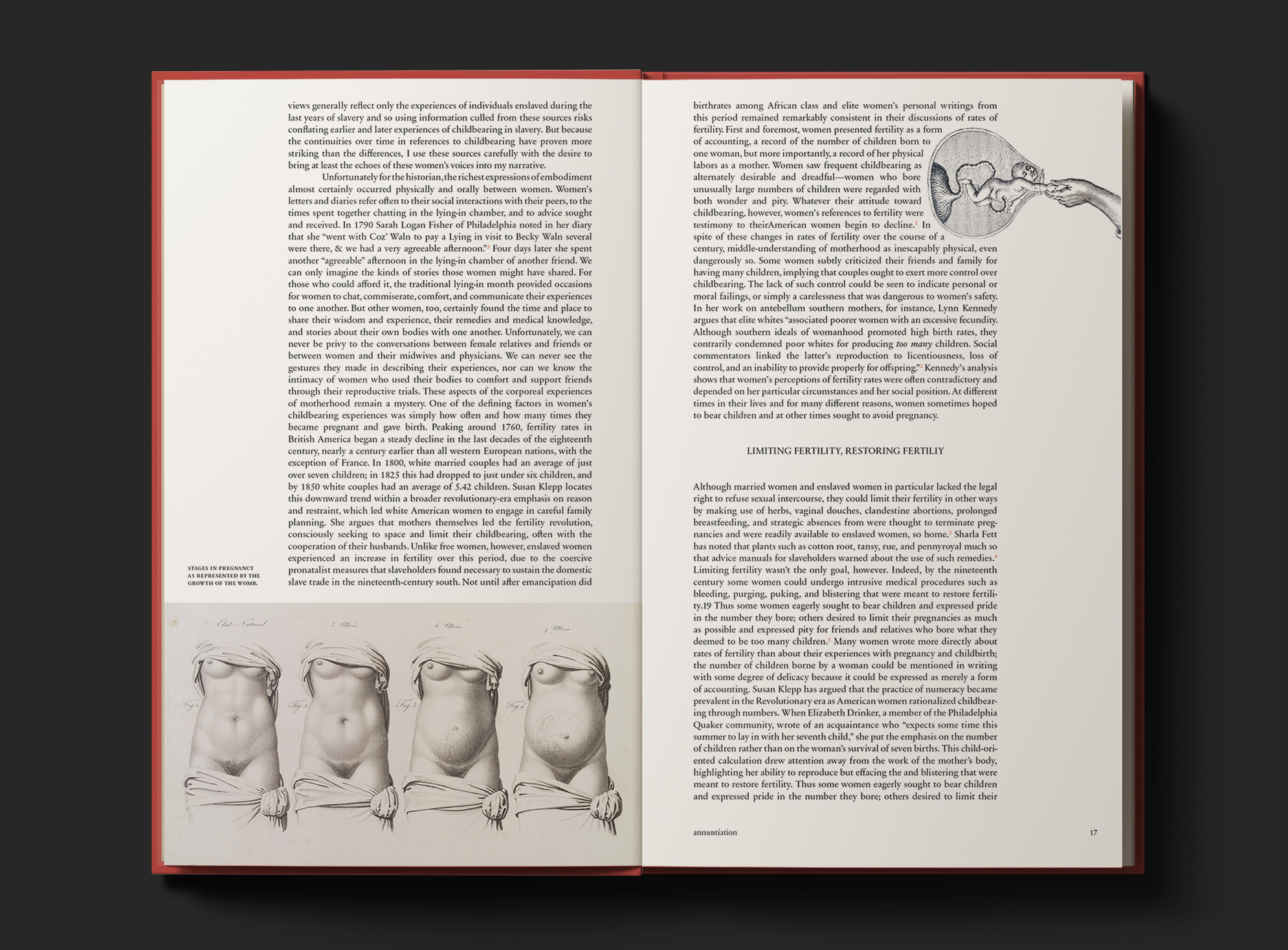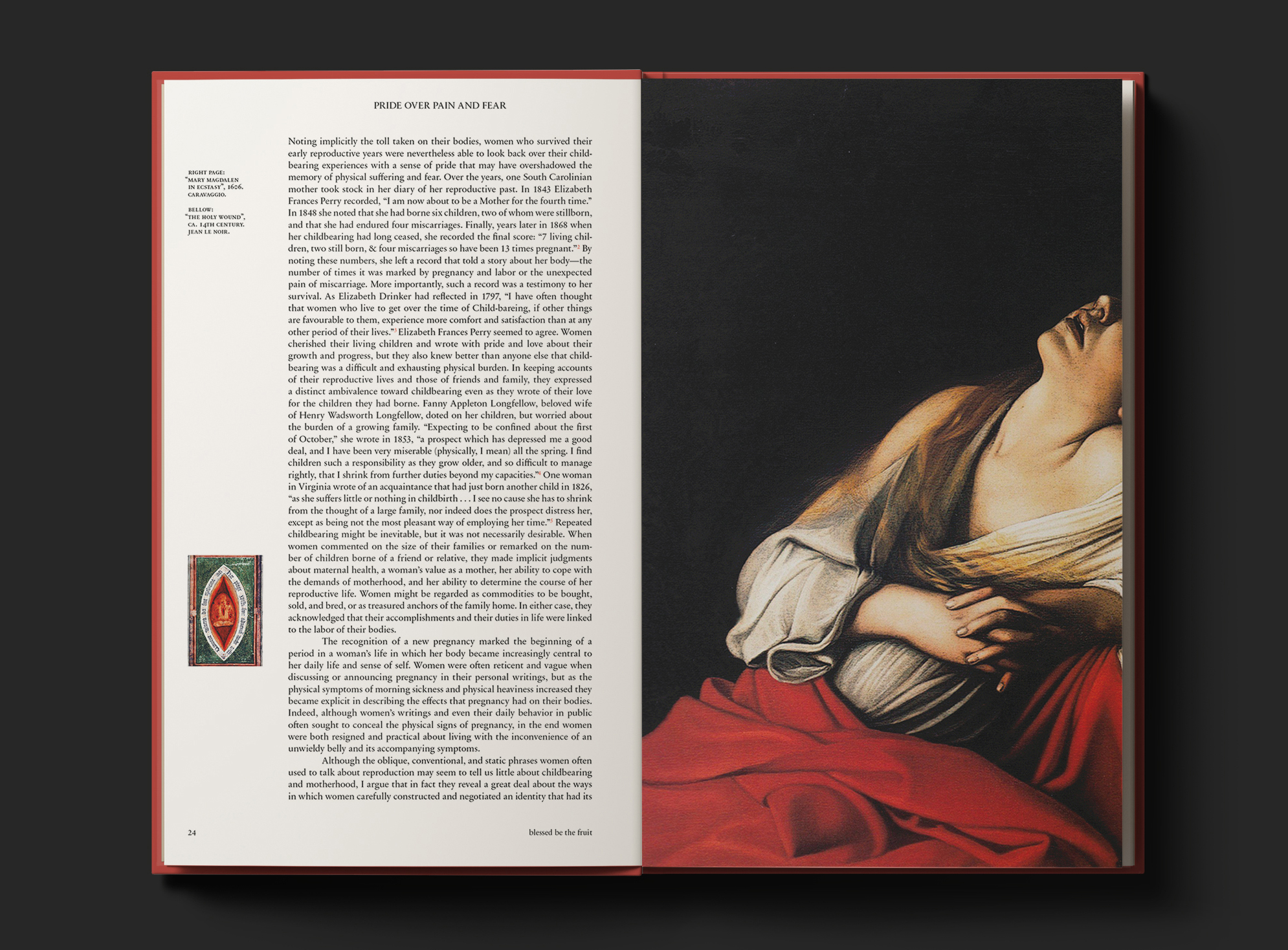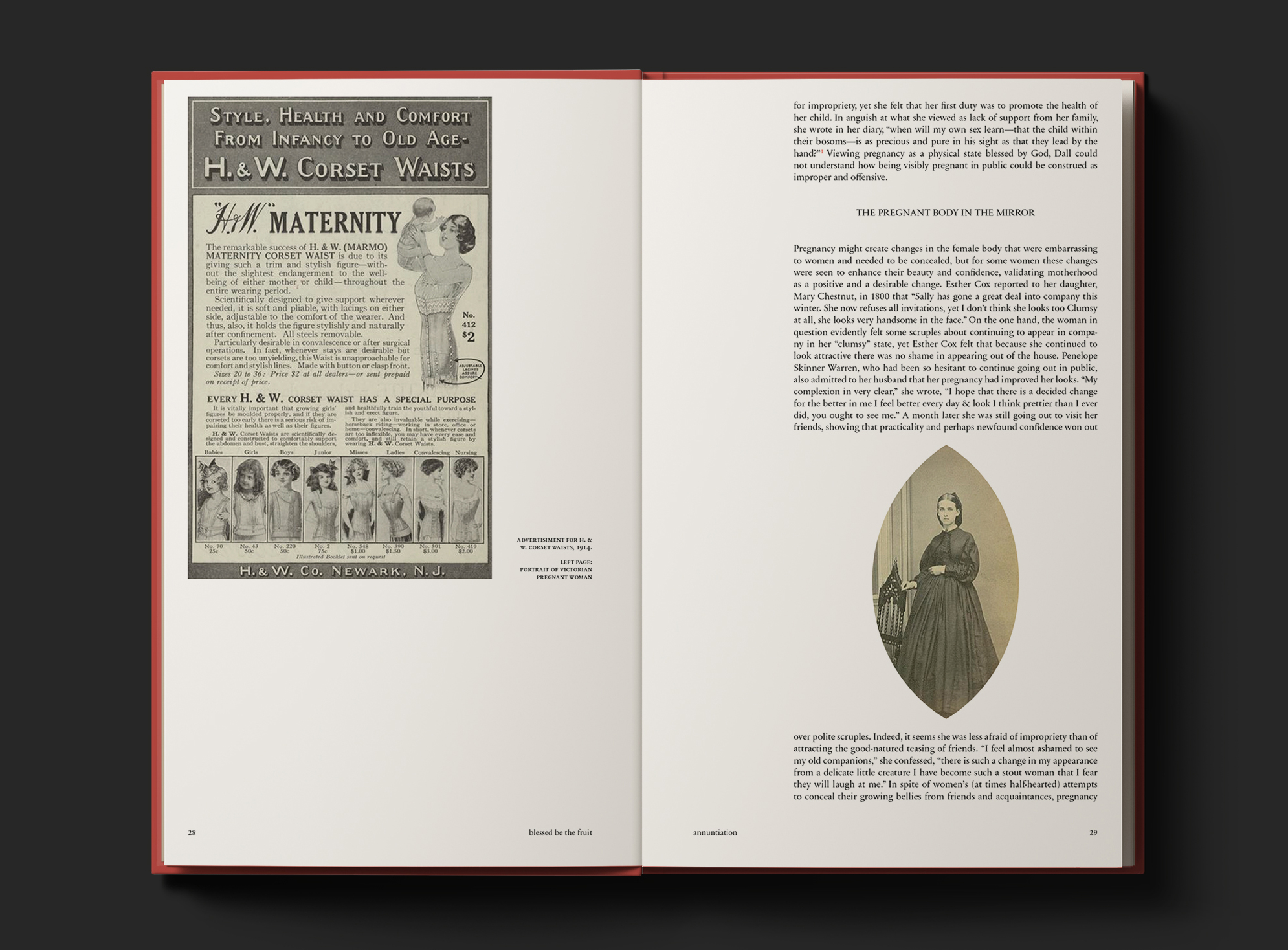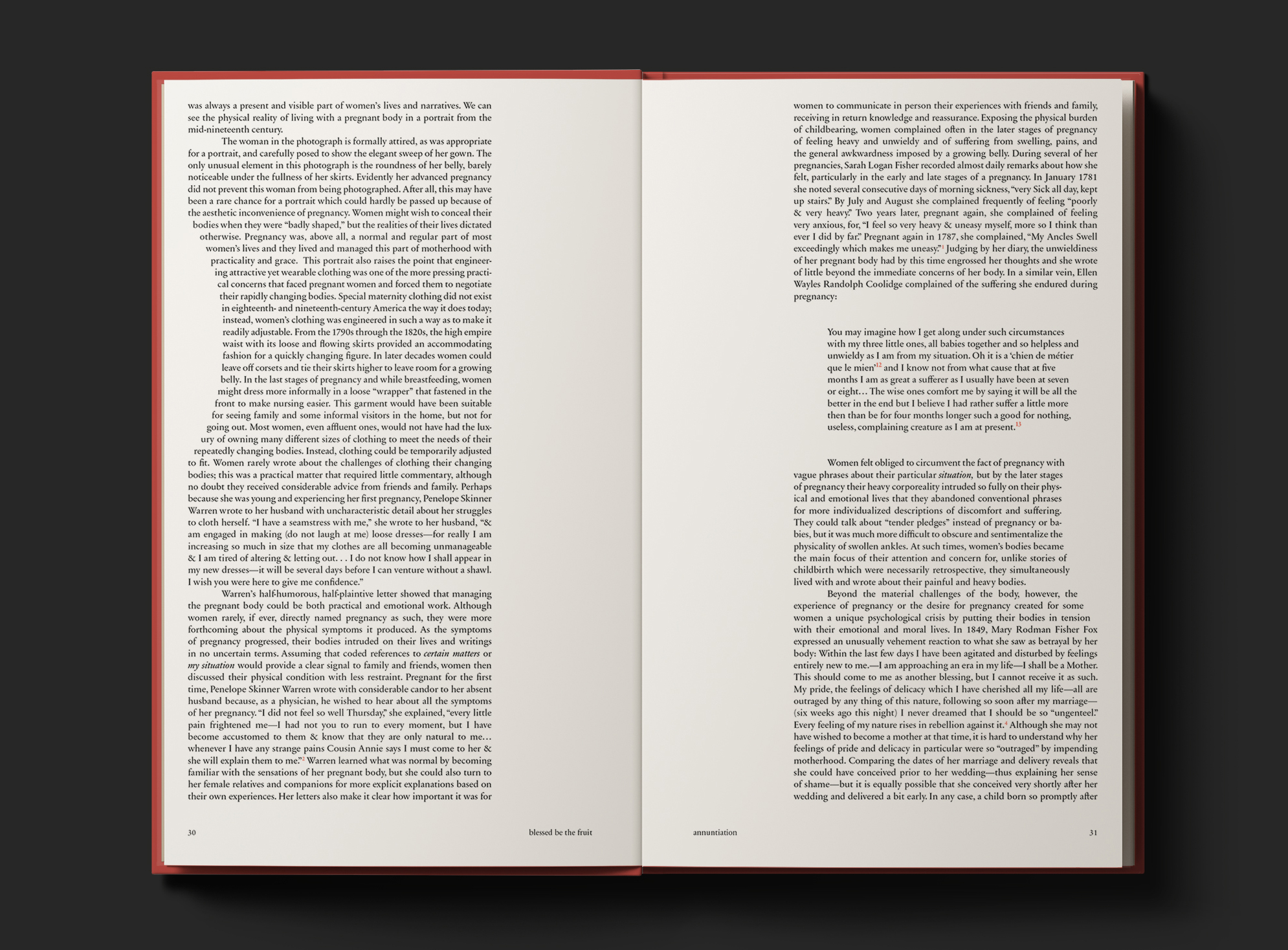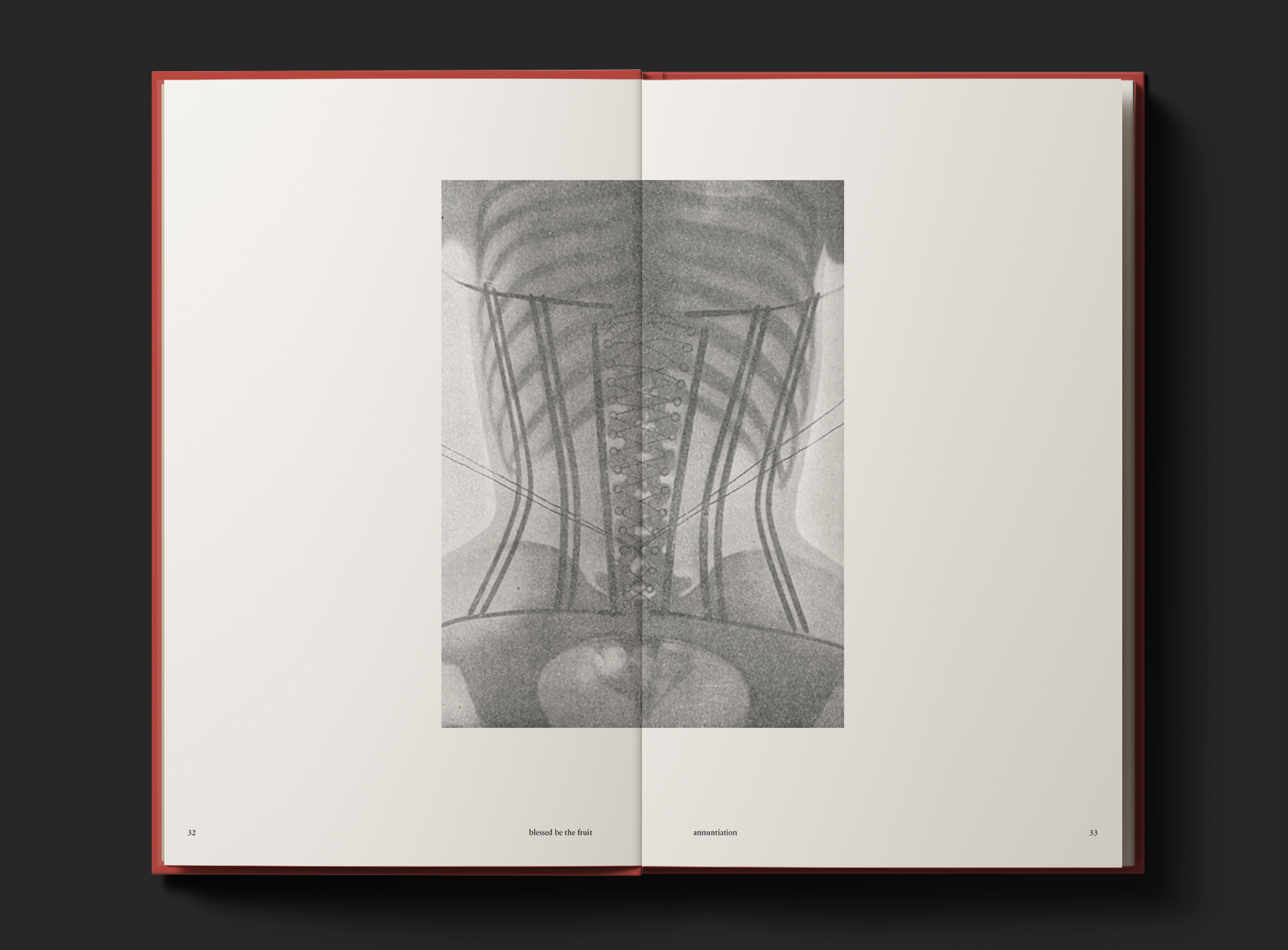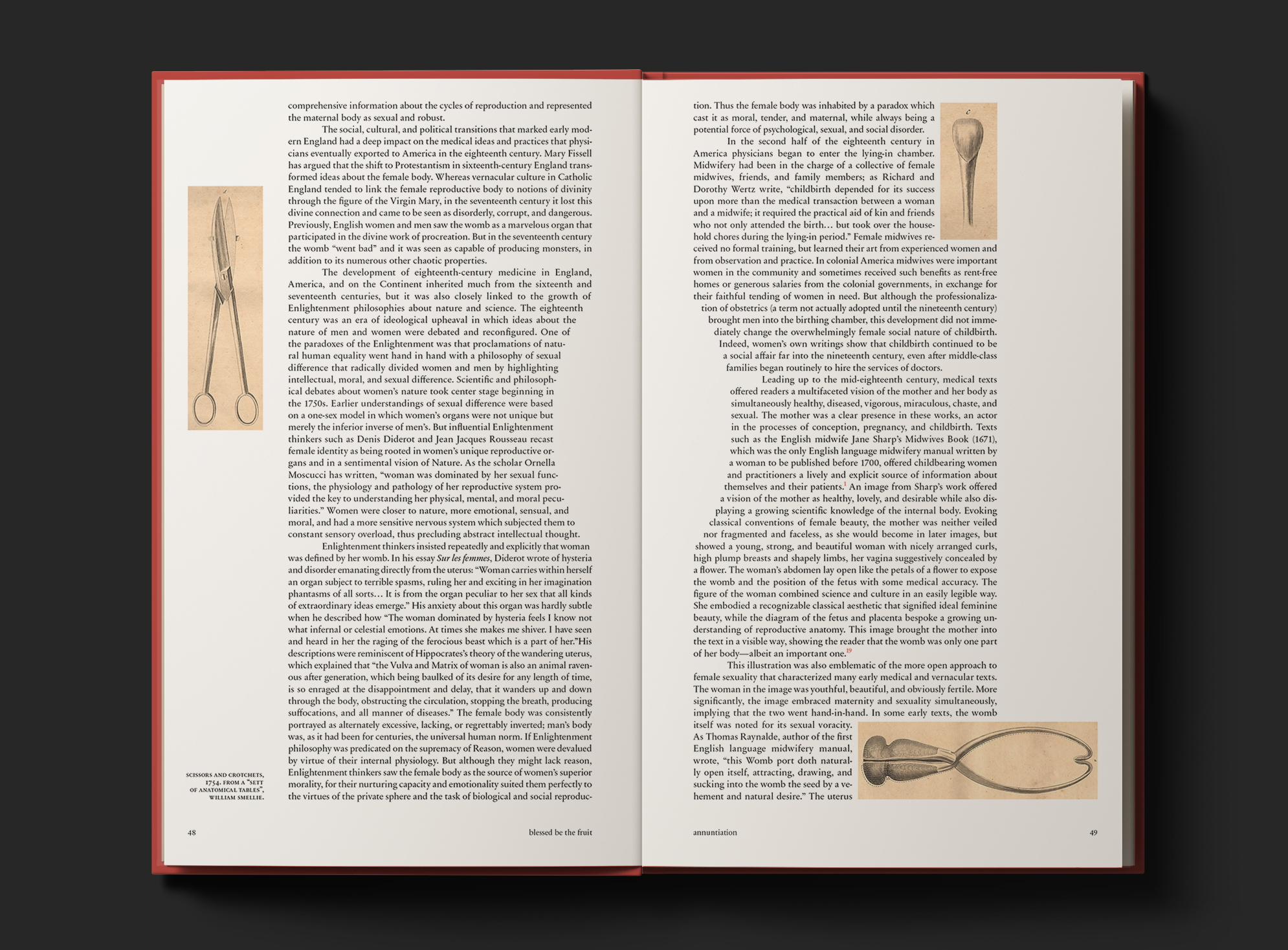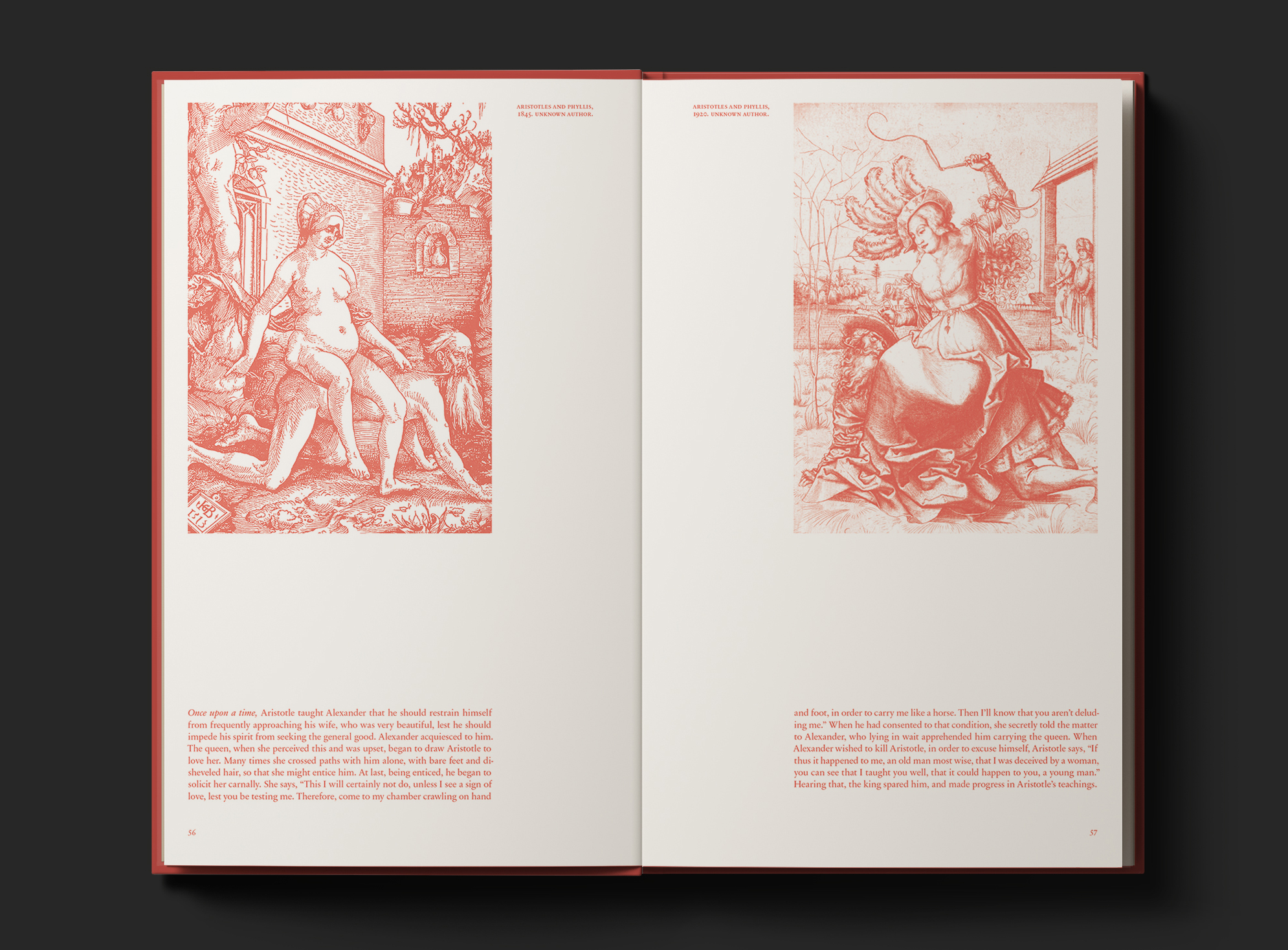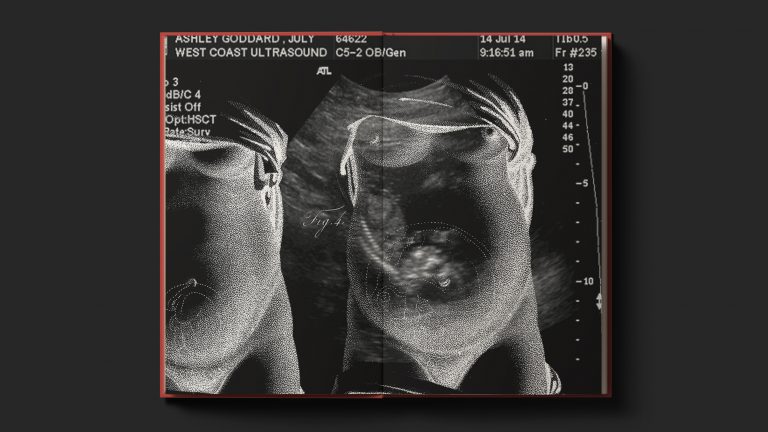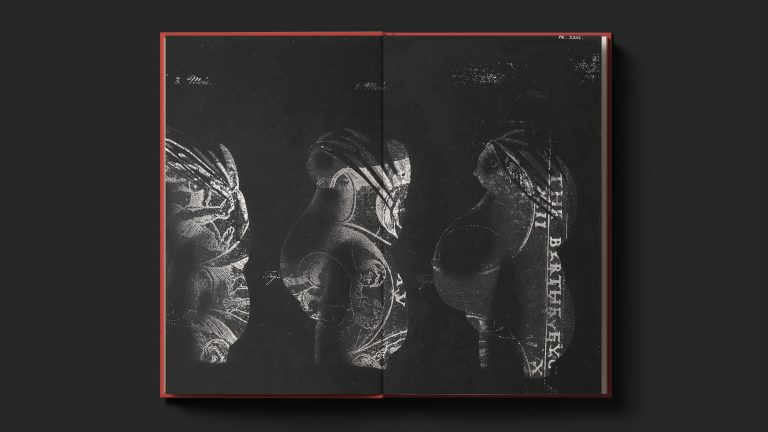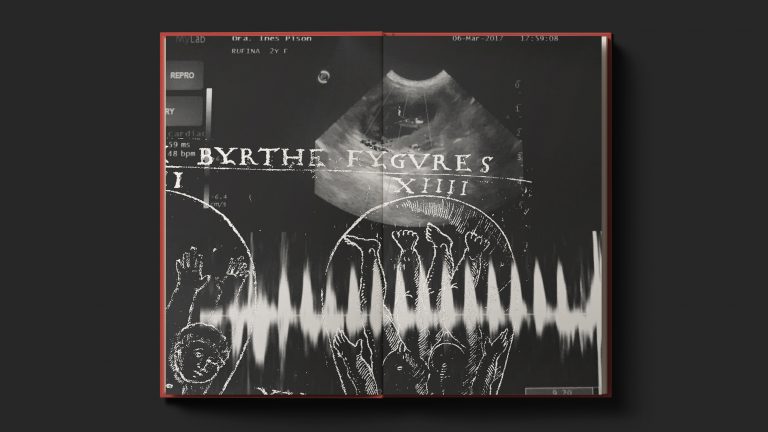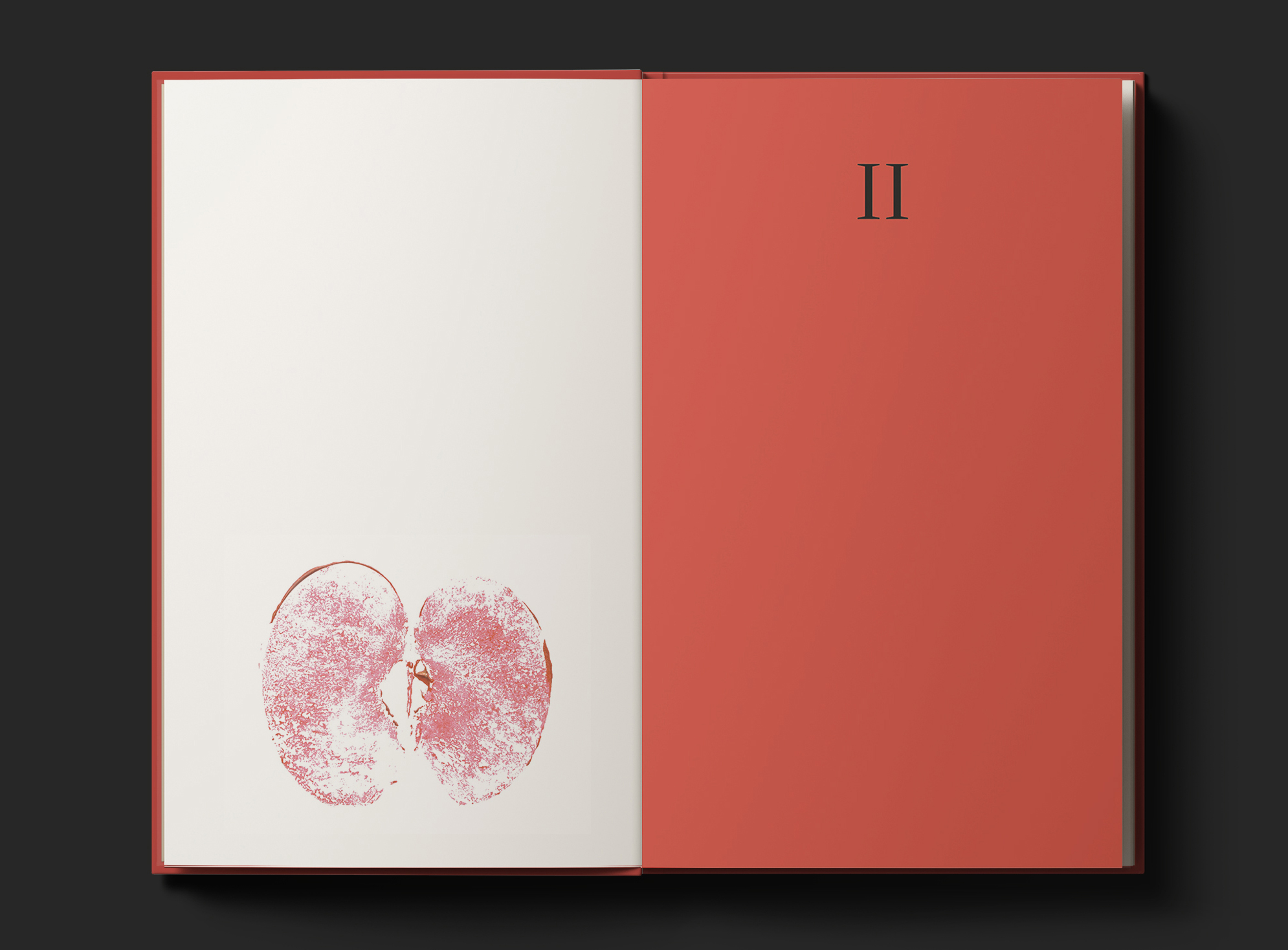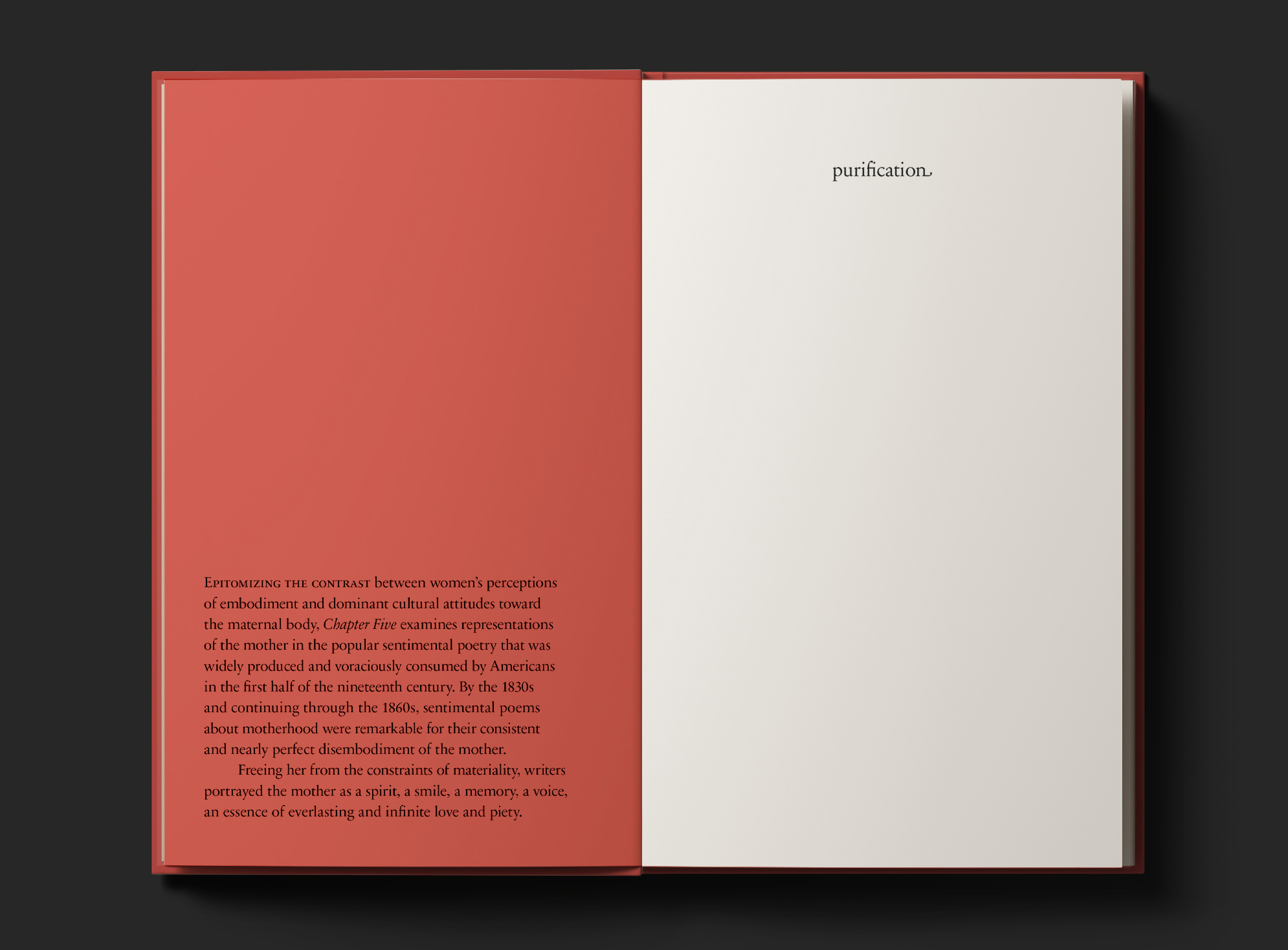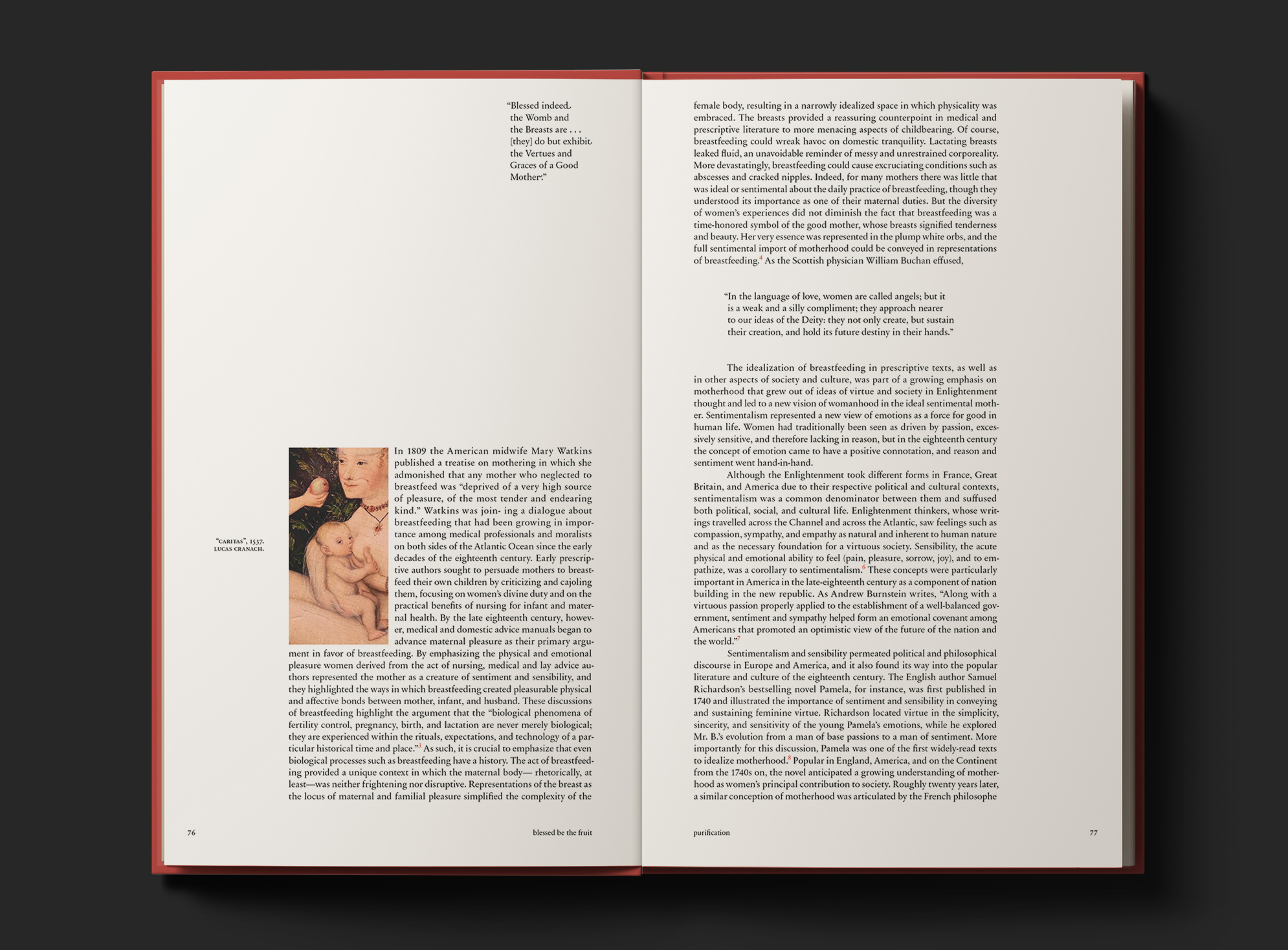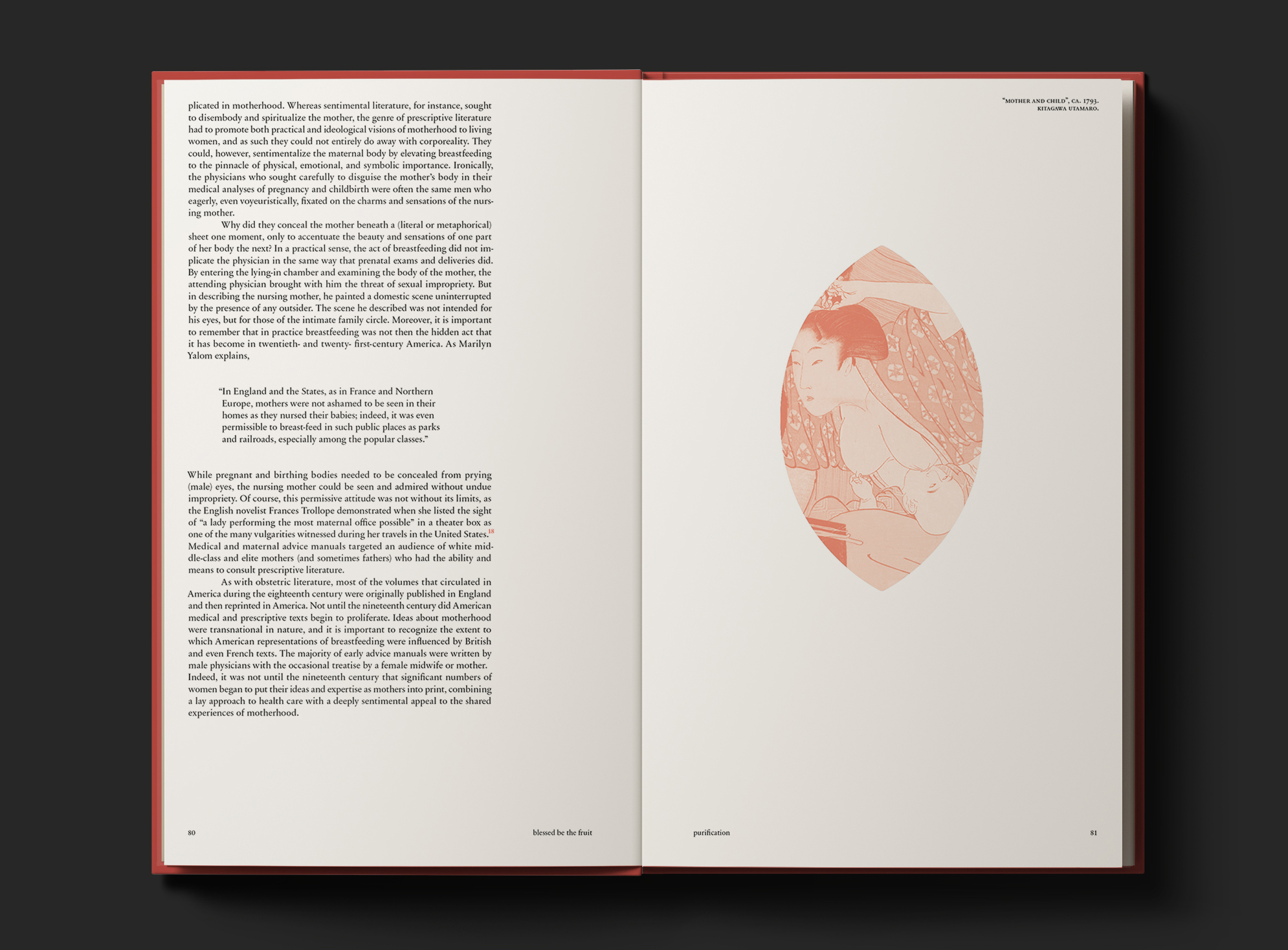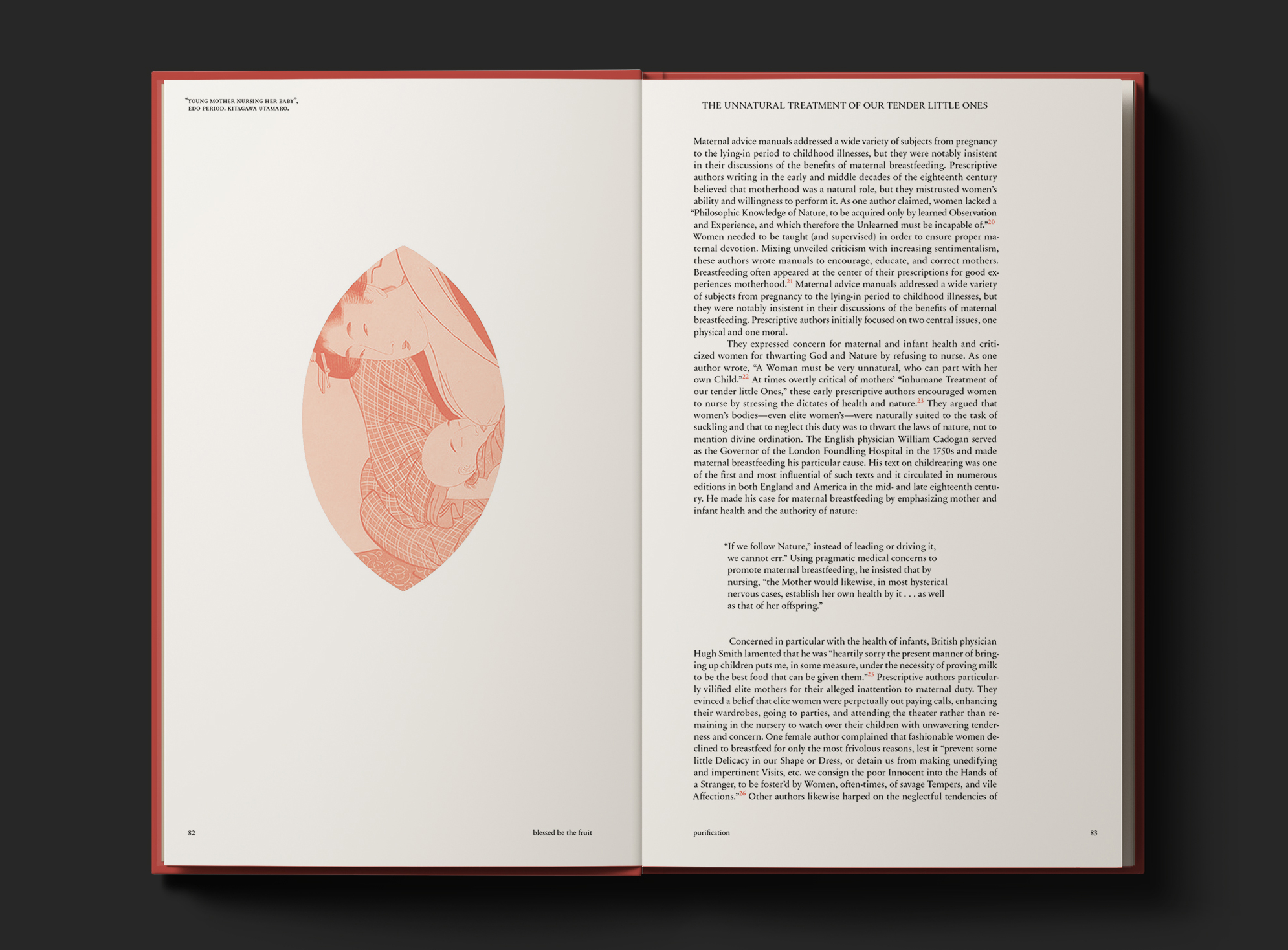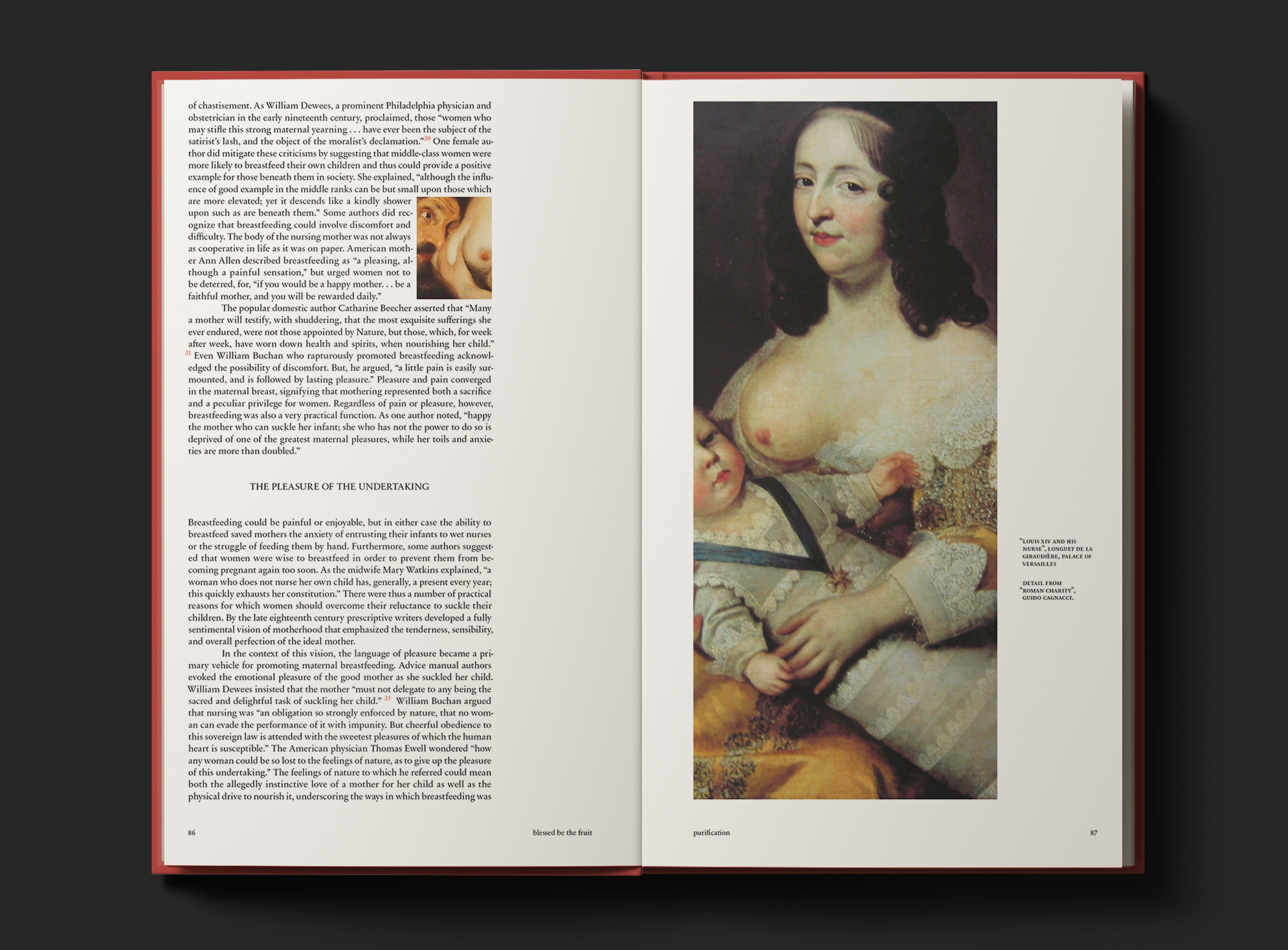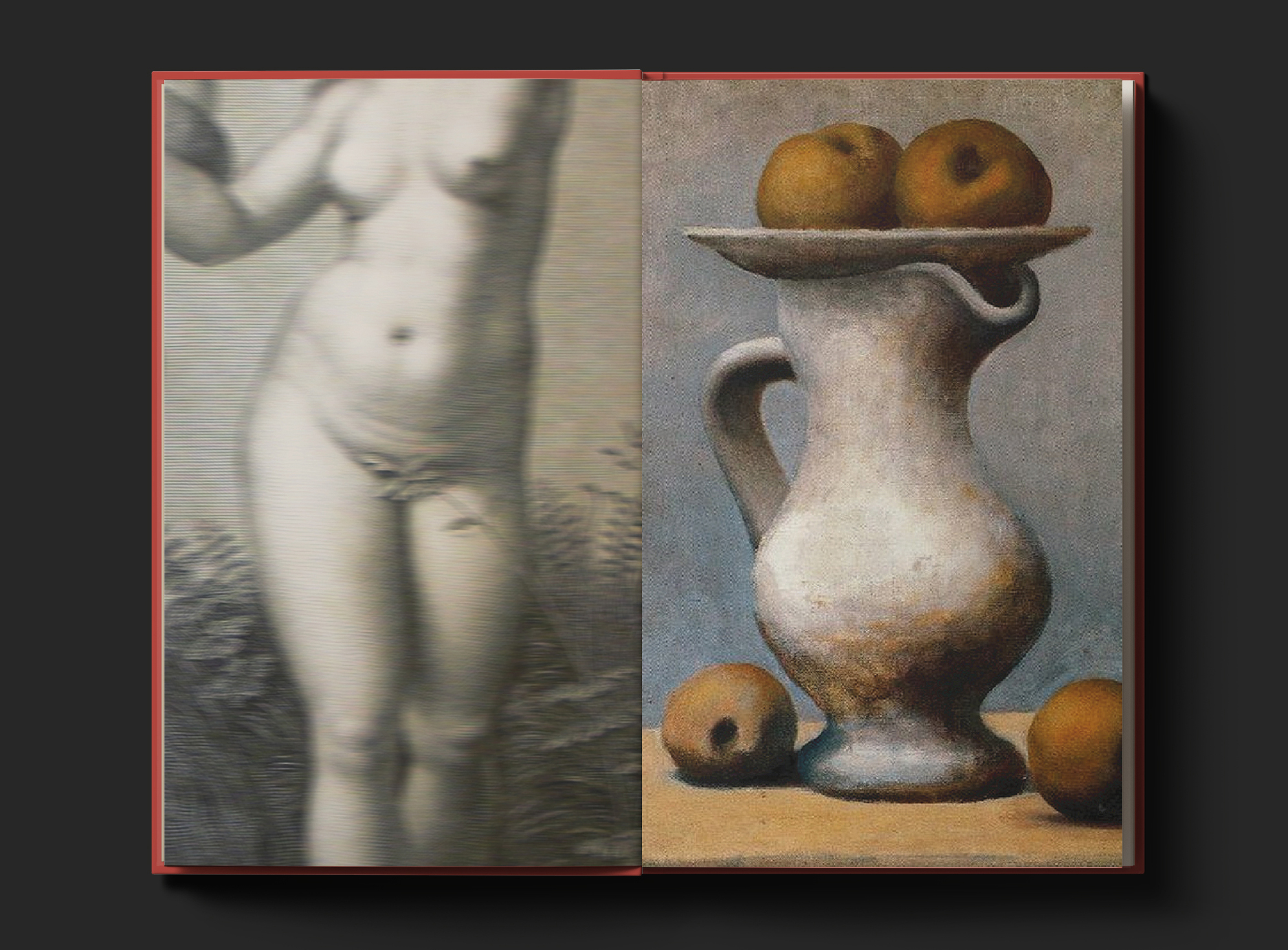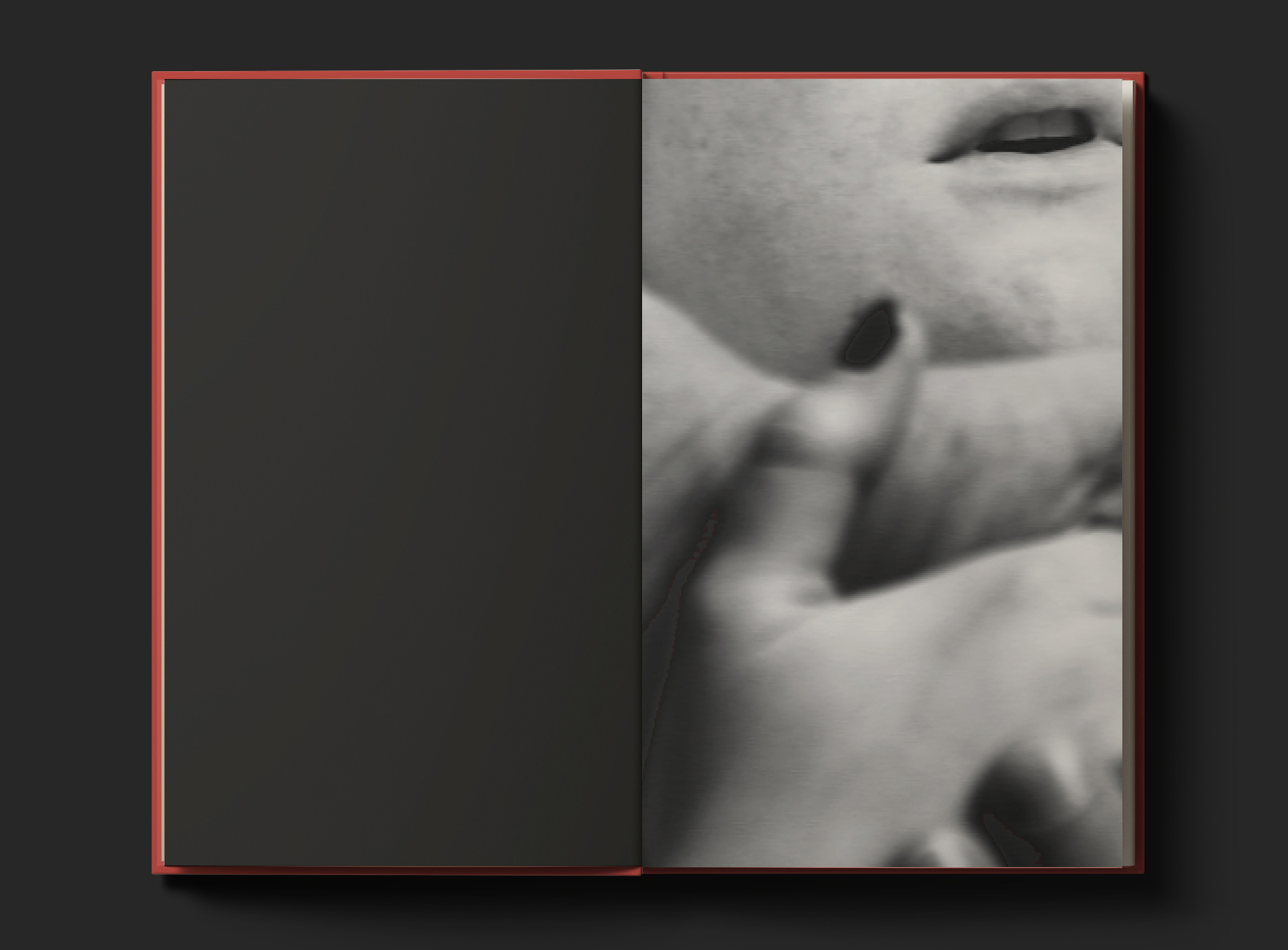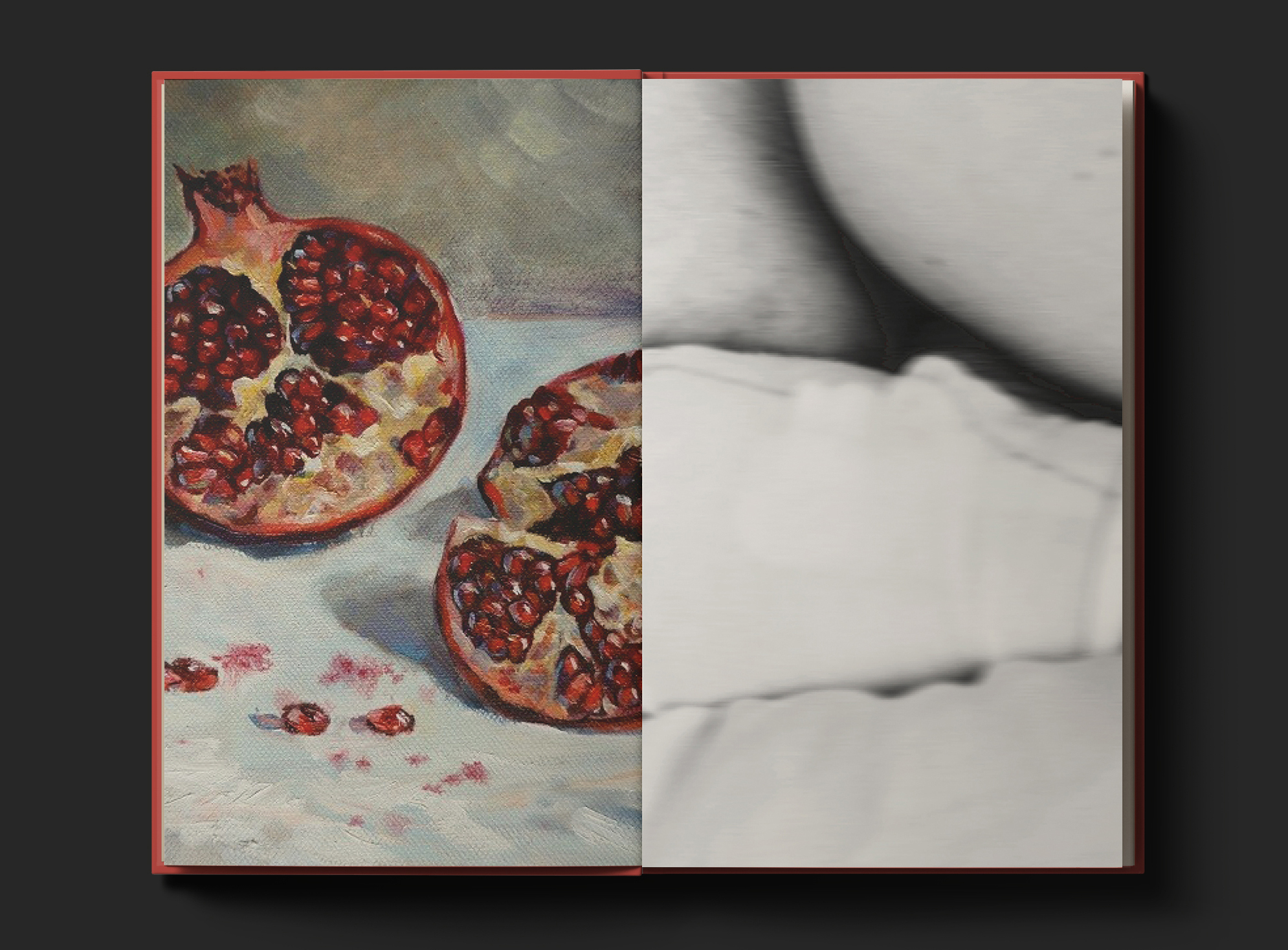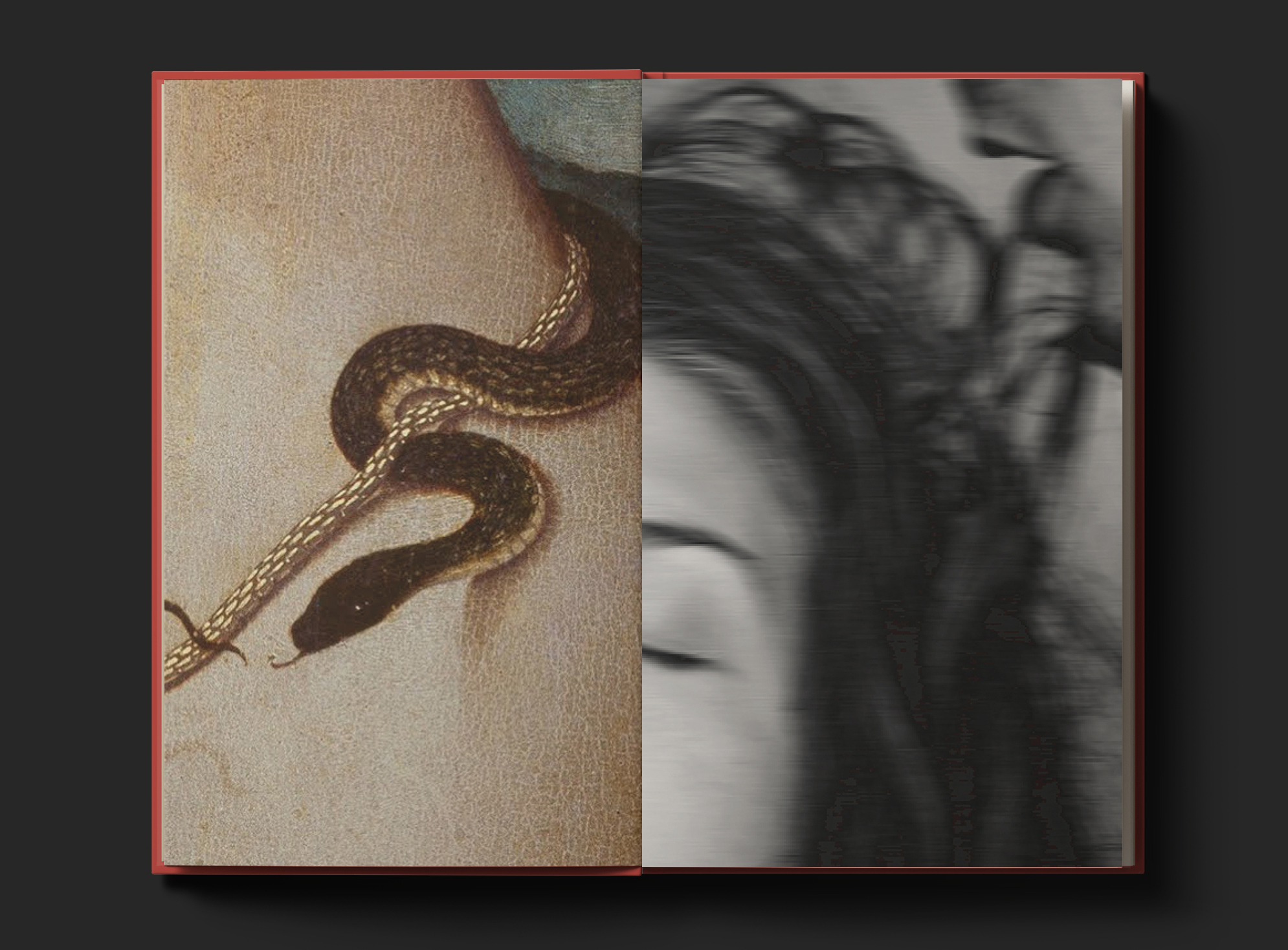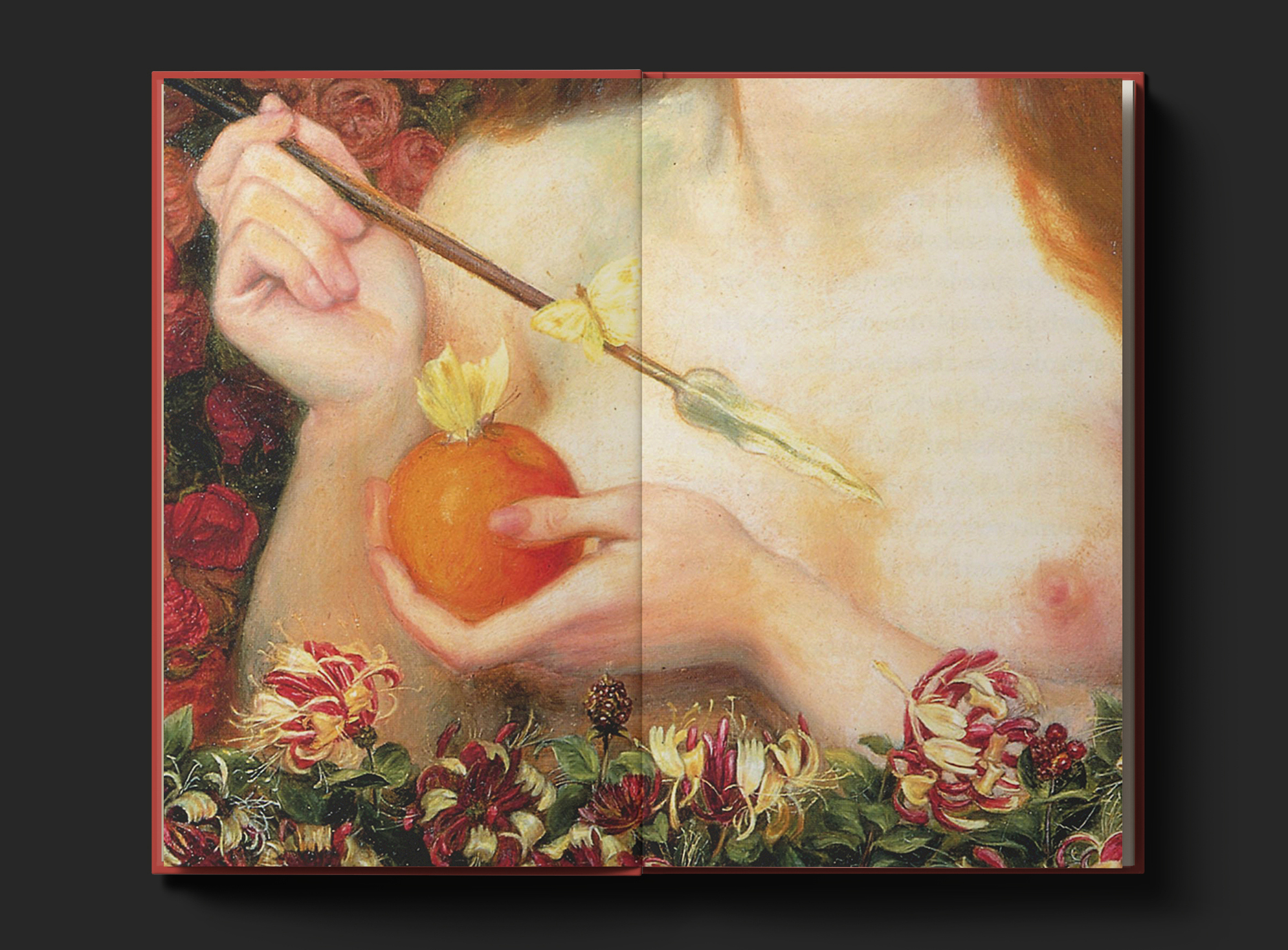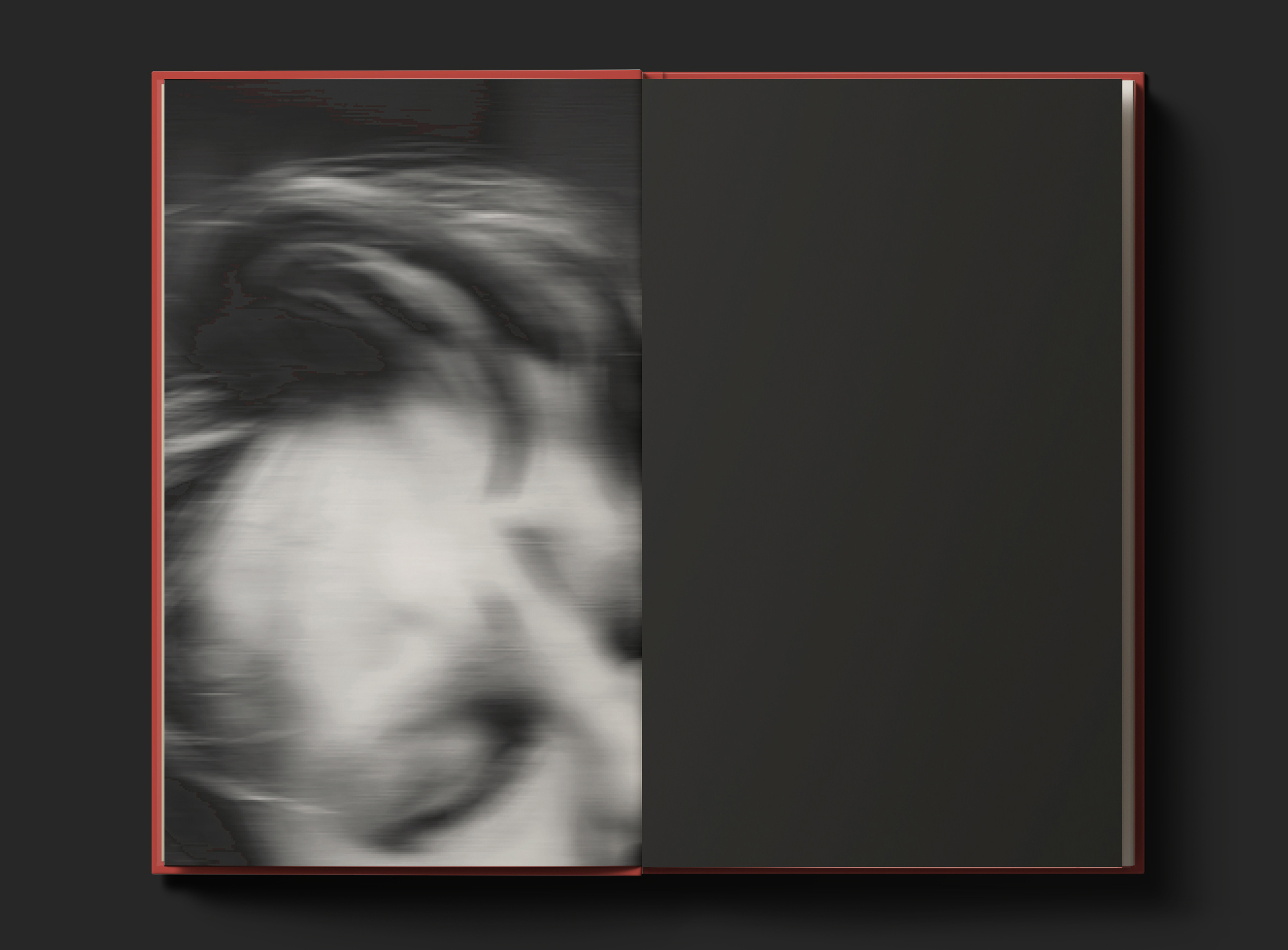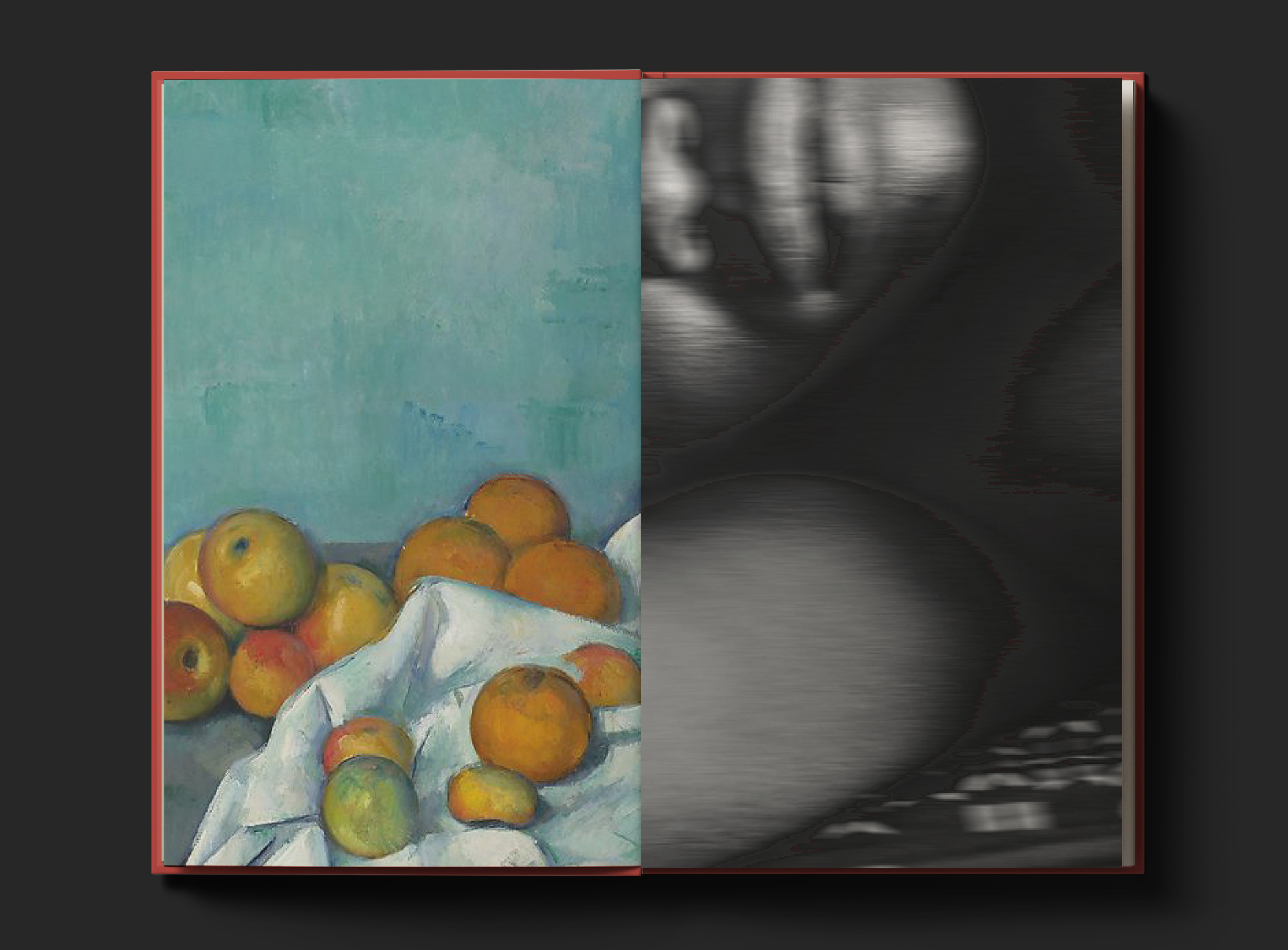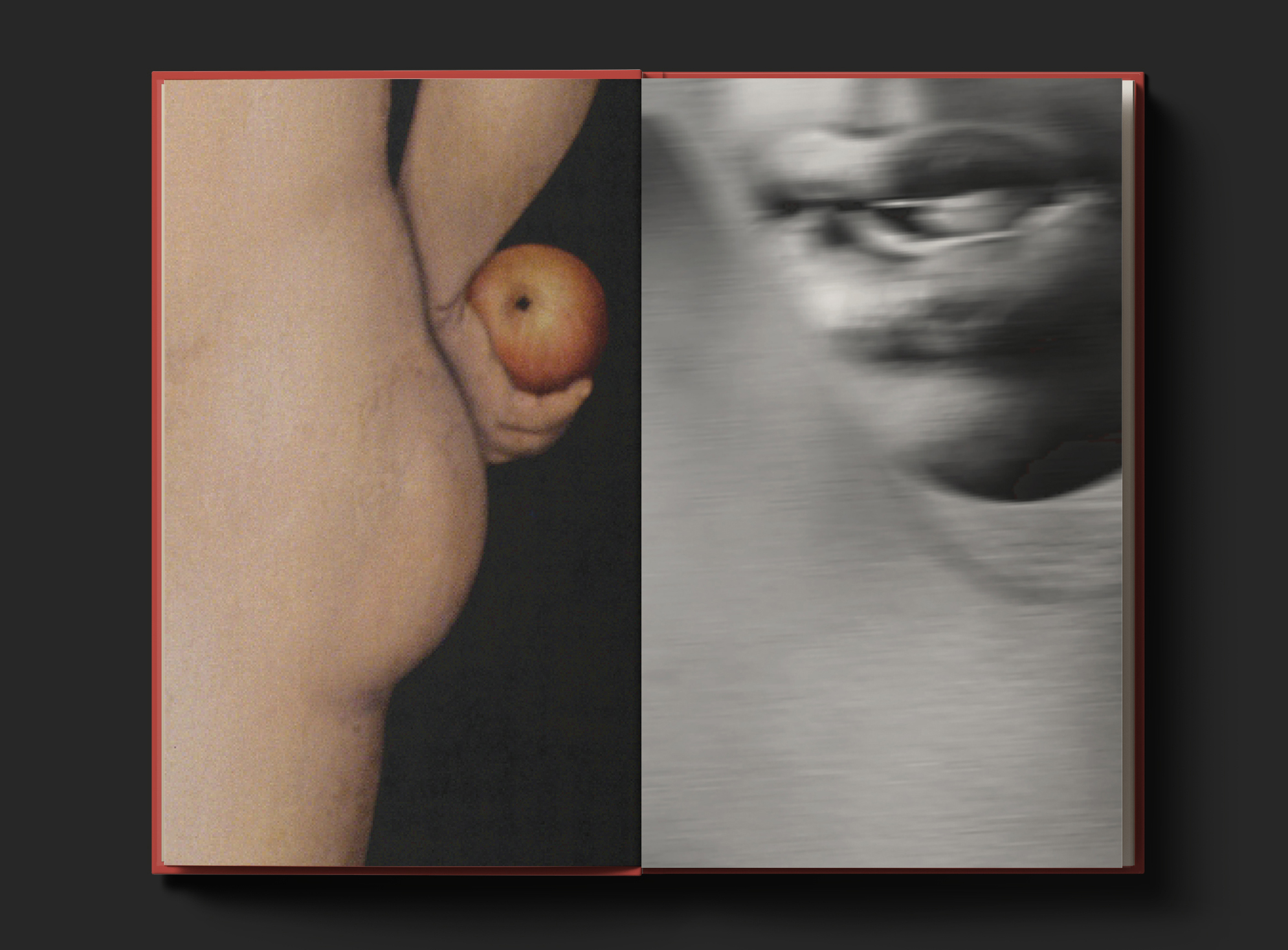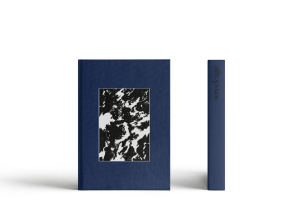blessed be the fruit
Joana TeixeiraPaola Urgeghe
Graphic Elisava 2020
Lots of things tend to happen during a graphic.elisava master’s program. Mountains of research. Maybe one or two existential crises. Designing so much that you have nightmares about mismatched hex codes.
In some weird twist of fate, this year’s biggest ‘thing’ ended up being a global pandemic. We were forced to embrace digitalism over presentialism, do more with less, and channel disillusionment into positivity. In school, the lesson comes before the test, but life often takes the opposite approach. We think we’re better for it.
PLATFORM AND IDENTITY
For this year’s degree show we decided to continue the digitalist lifestyle that we’ve come to know. Pills replace name tags, thumbnails replace handshakes, and ingenuity replaces normality in order to illustrate how we view topics like “design ethics”, “comfort”, “manifestos”, and “freedom”.
About
This is graphic.elisava’s digital Degree Show. Find out more about the program at graphic.elisava.net
Acknowledgements
Many thanks to this year’s students in the Graphic Design and the Editorial Design master’s degrees. The 2020 graphic.elisava Degree Show – both the platform and the campaign that precedes it – wouldn’t have been possible without the indefatigable work of a group of design students making time for it in the middle of their end-of-year presentations.
On the typeface
Thanks to Non Foundry for letting us use their Non®Natural Grotesk throughout the website and campaign of this digital Degree Show.
Visit nonfoundry.com to find out more about their work.
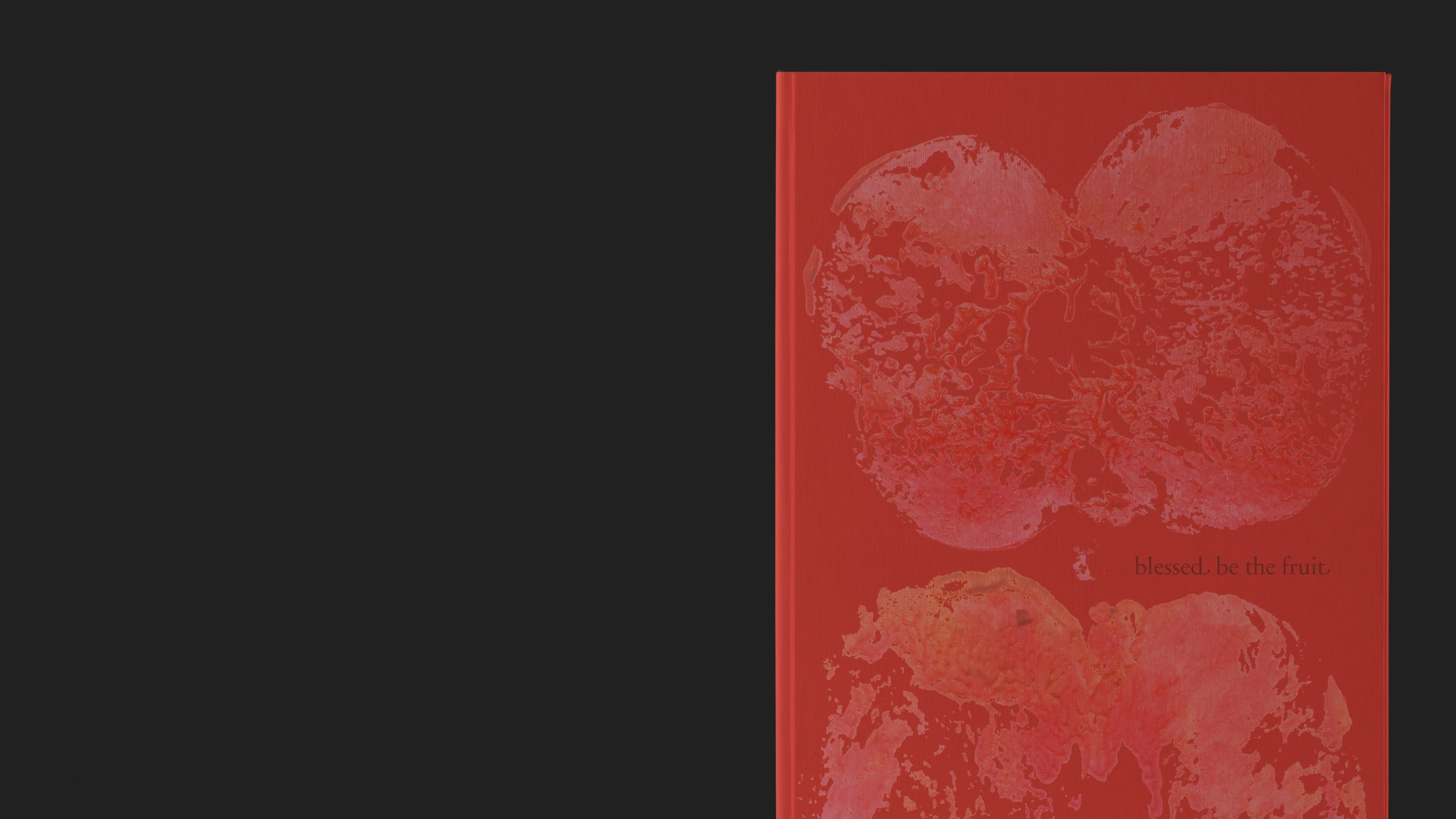
blessed be the fruit
The maternal body is a field of contradictions
Ancient narratives about the second sex tell us the story of two antagonistic main characters—the holy in opposition to the sinful.
The female body has been framed in the most convenient and reductive ways to fit in and serve a patriarchal society. On the one hand, this body is concealed by stereotypes and sentimental views connected to motherhood; on the other hand, it is objectified and demonized by the masculine gaze.
In the middle of these contrasting views, we find the maternal body—representing both a lifeline for her child and an objectified sexual being.
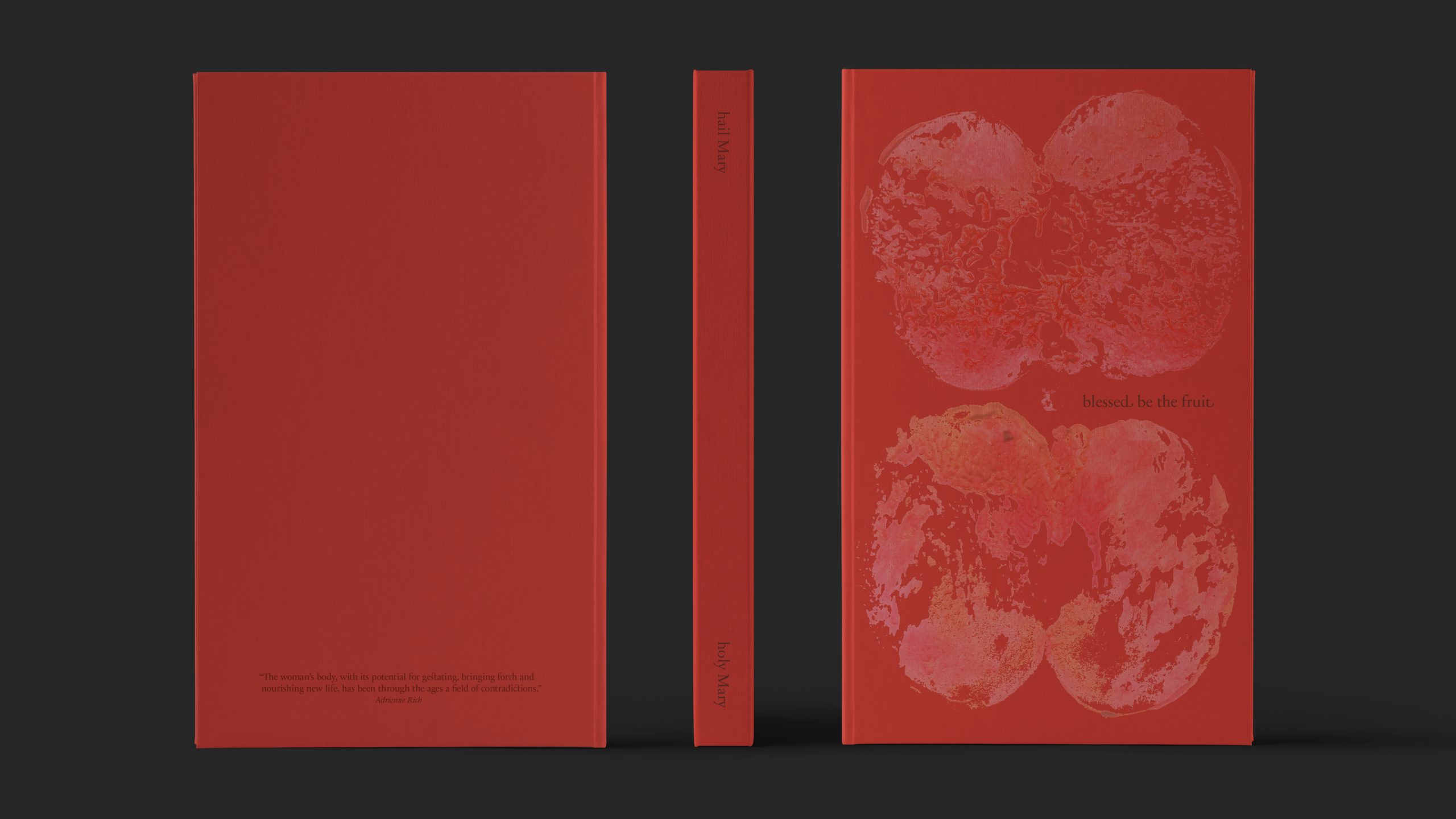
Considering the influence of the Christian dogma in the development of western society, the book gathers paradoxical religious allegories and exposes the roots of present-day presumptions and stereotypes surrounding the maternal body. Borrowing its materiality from holy books, blessed be the fruit subverts the medium which perpetuated these messages through time.

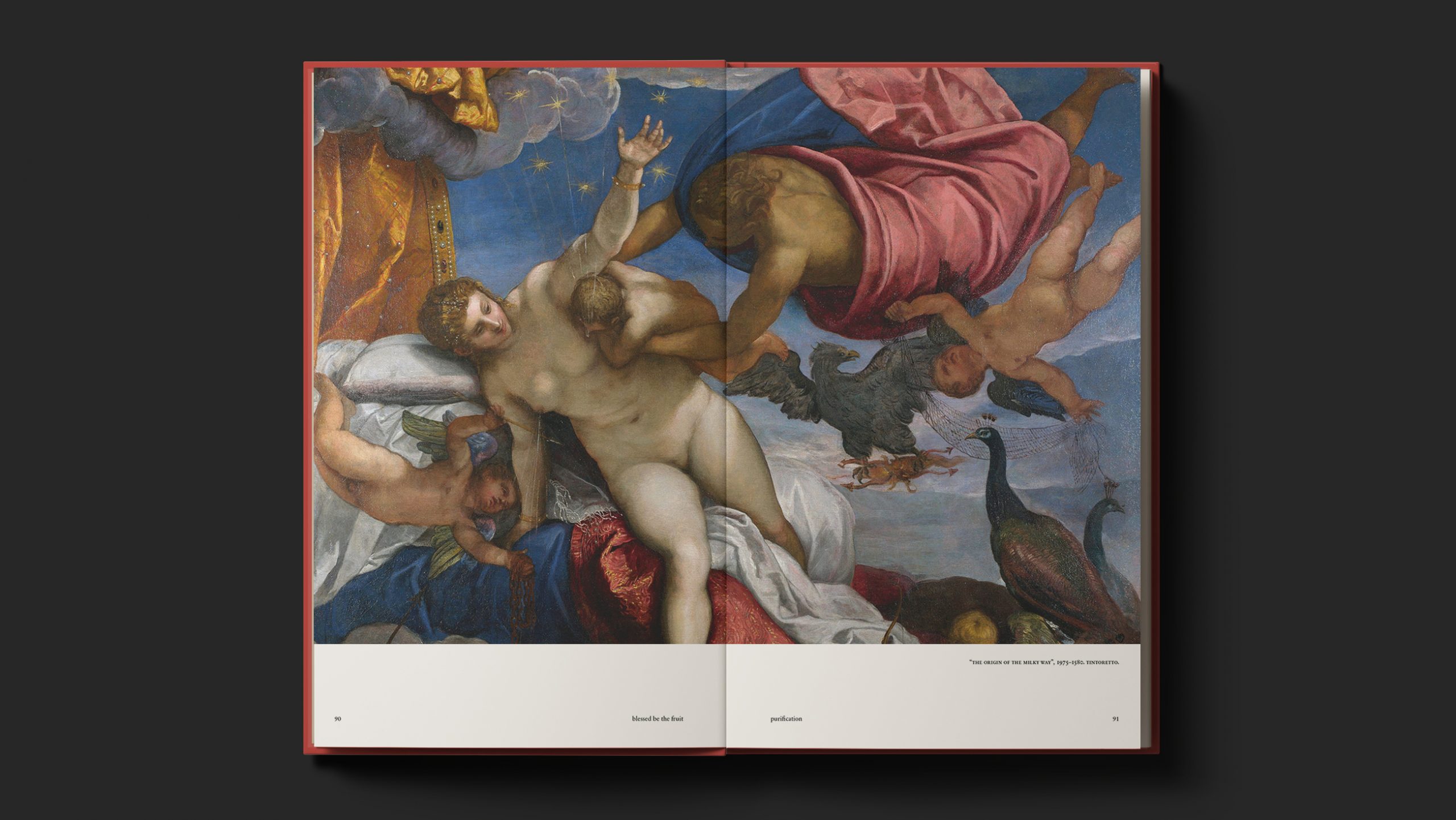
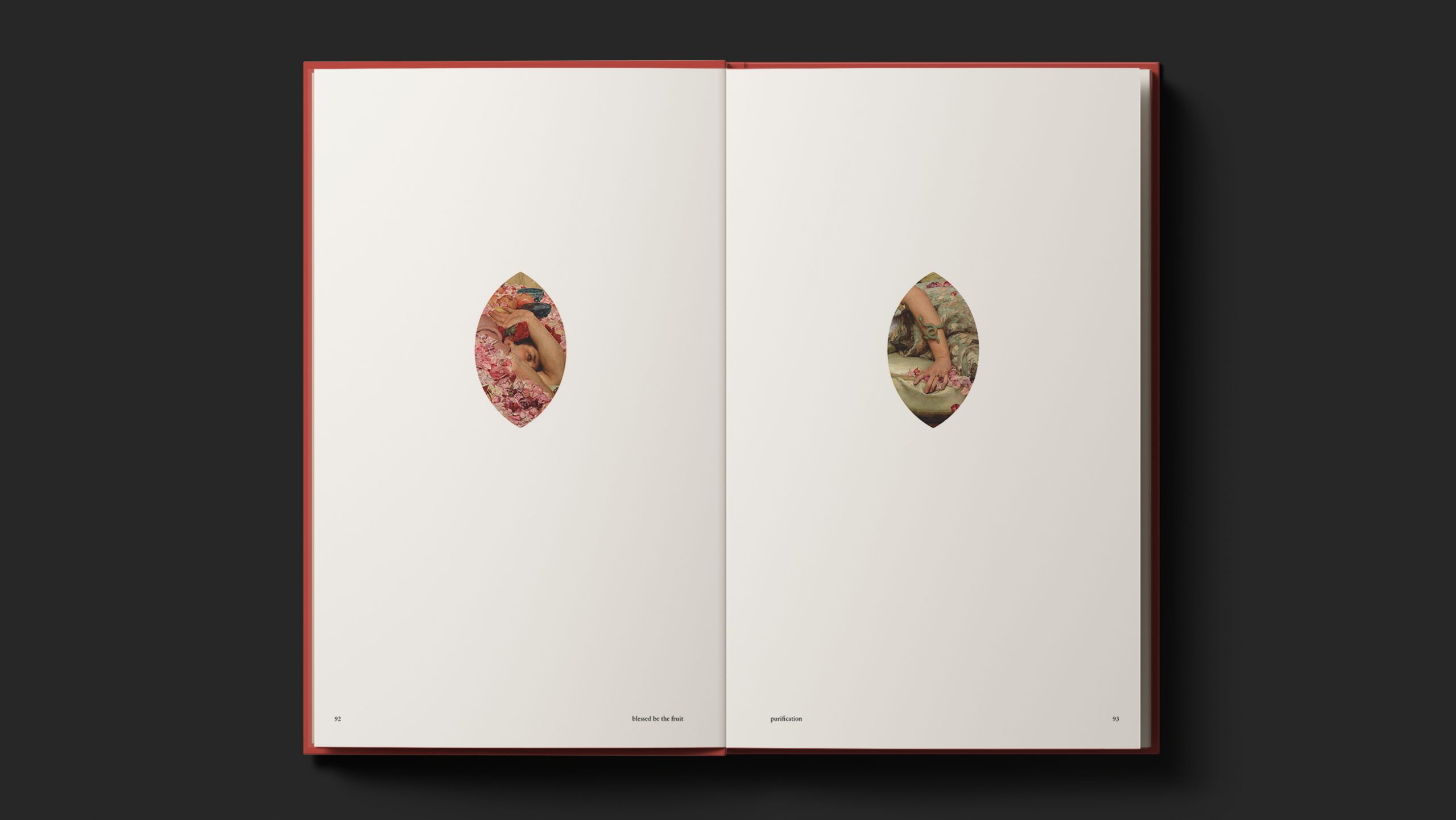
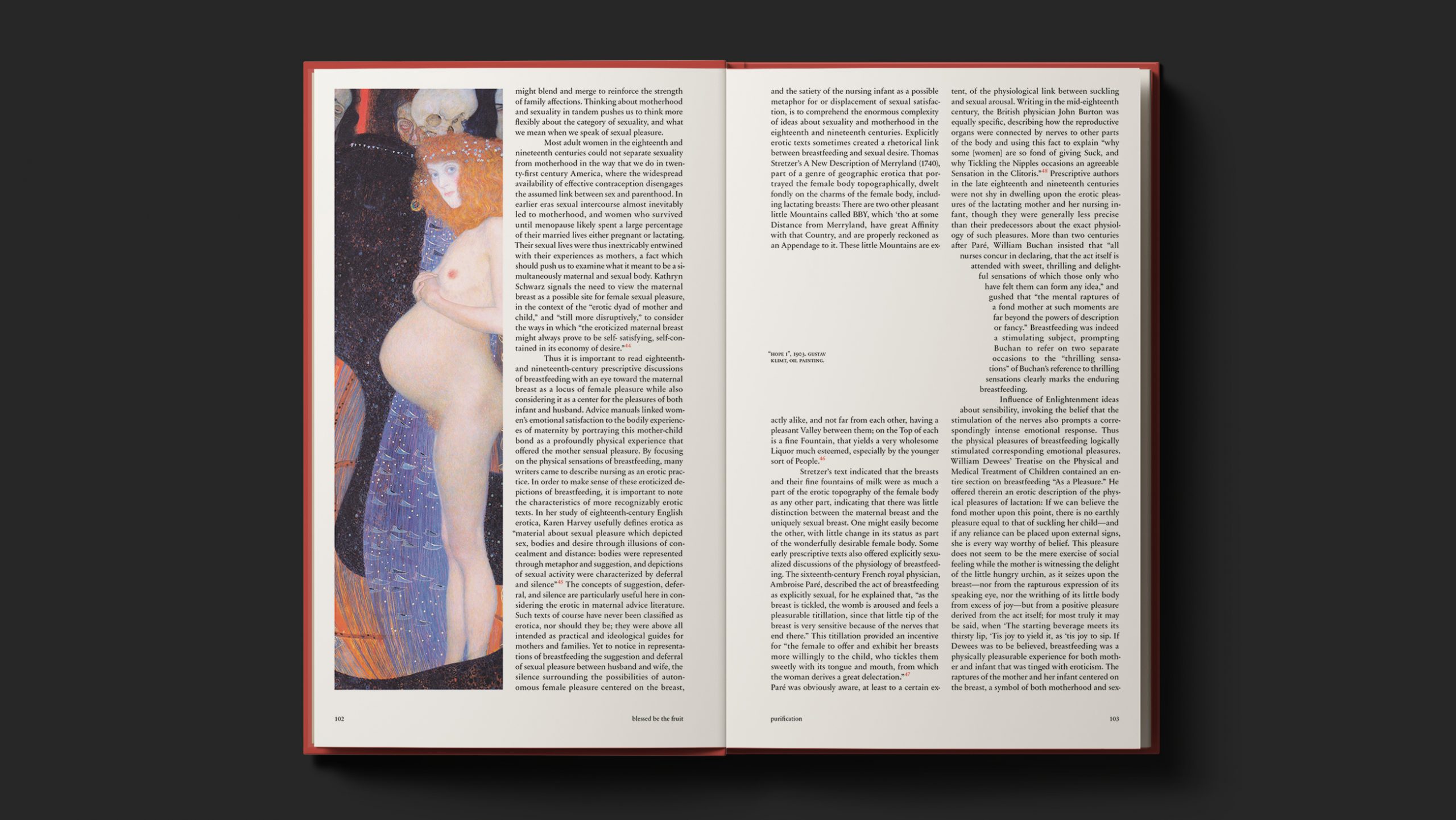
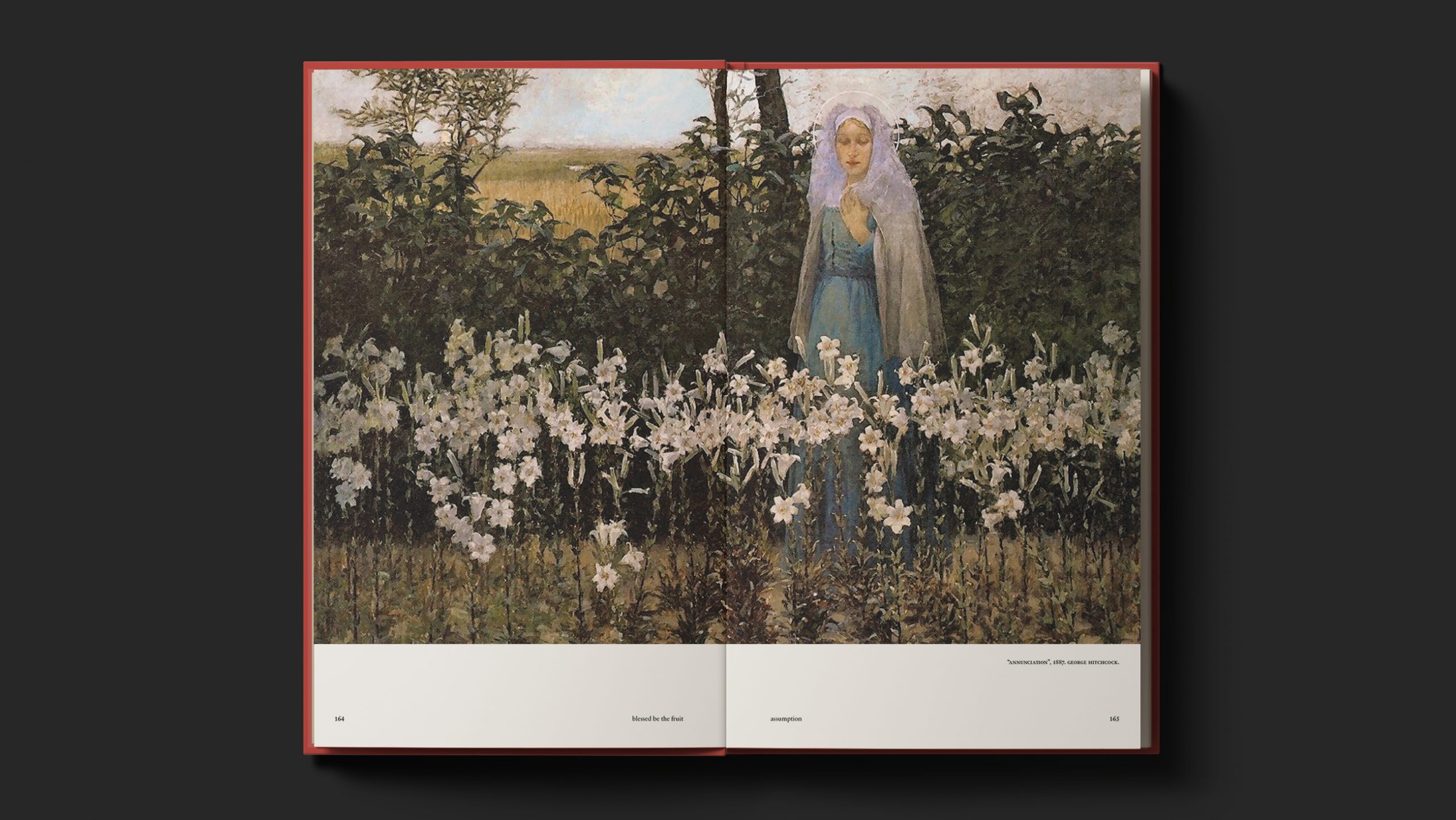
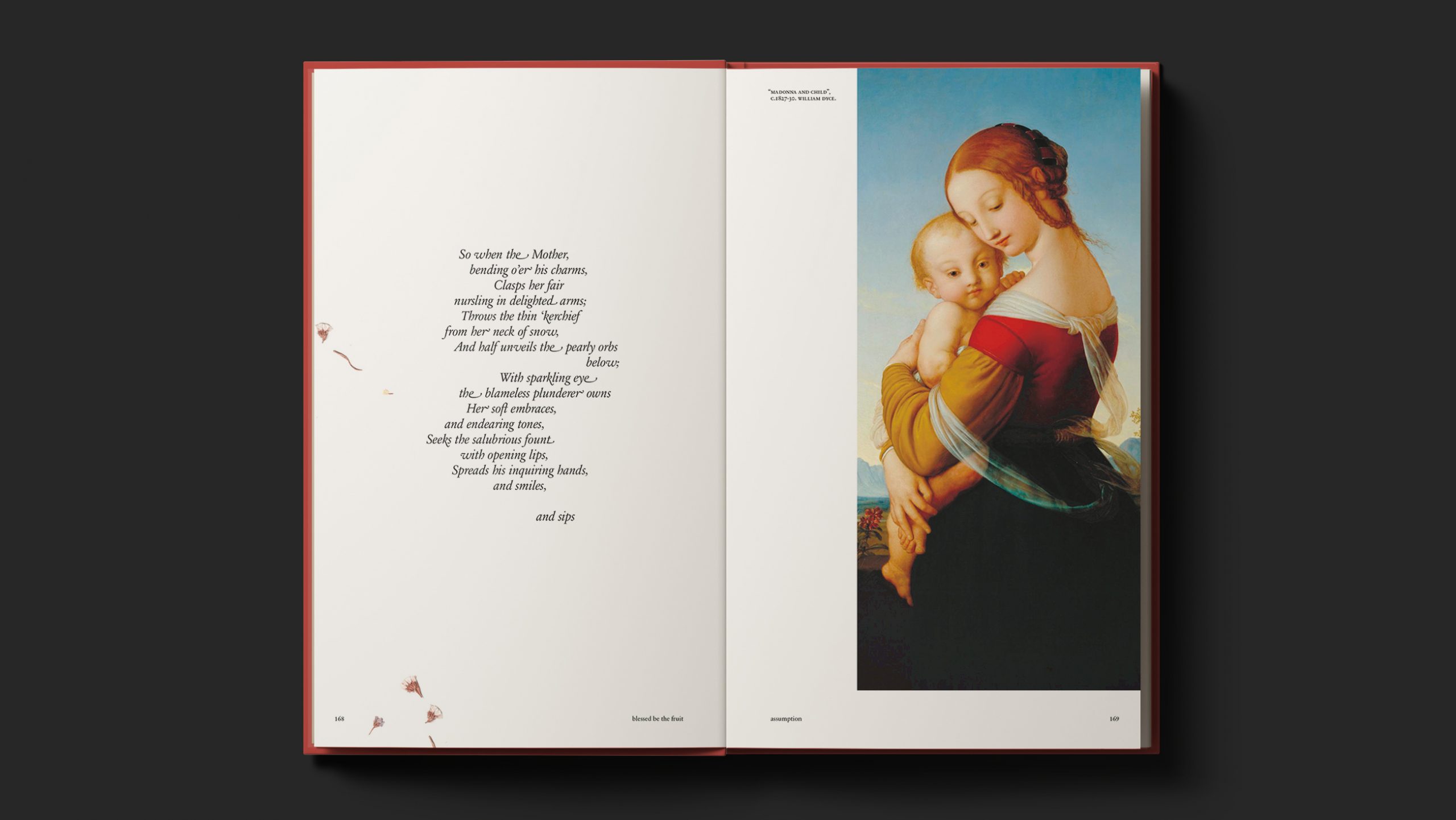
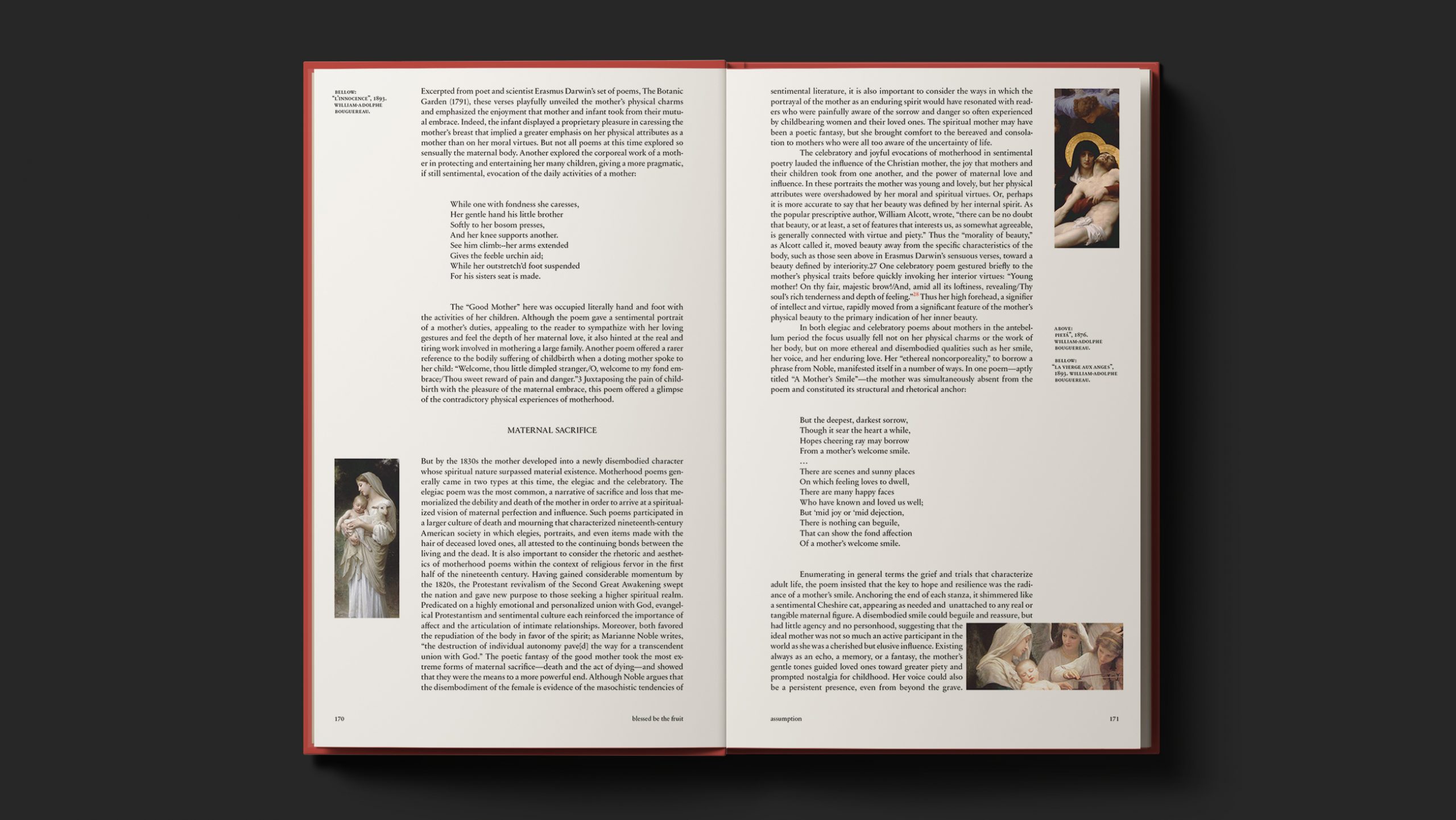
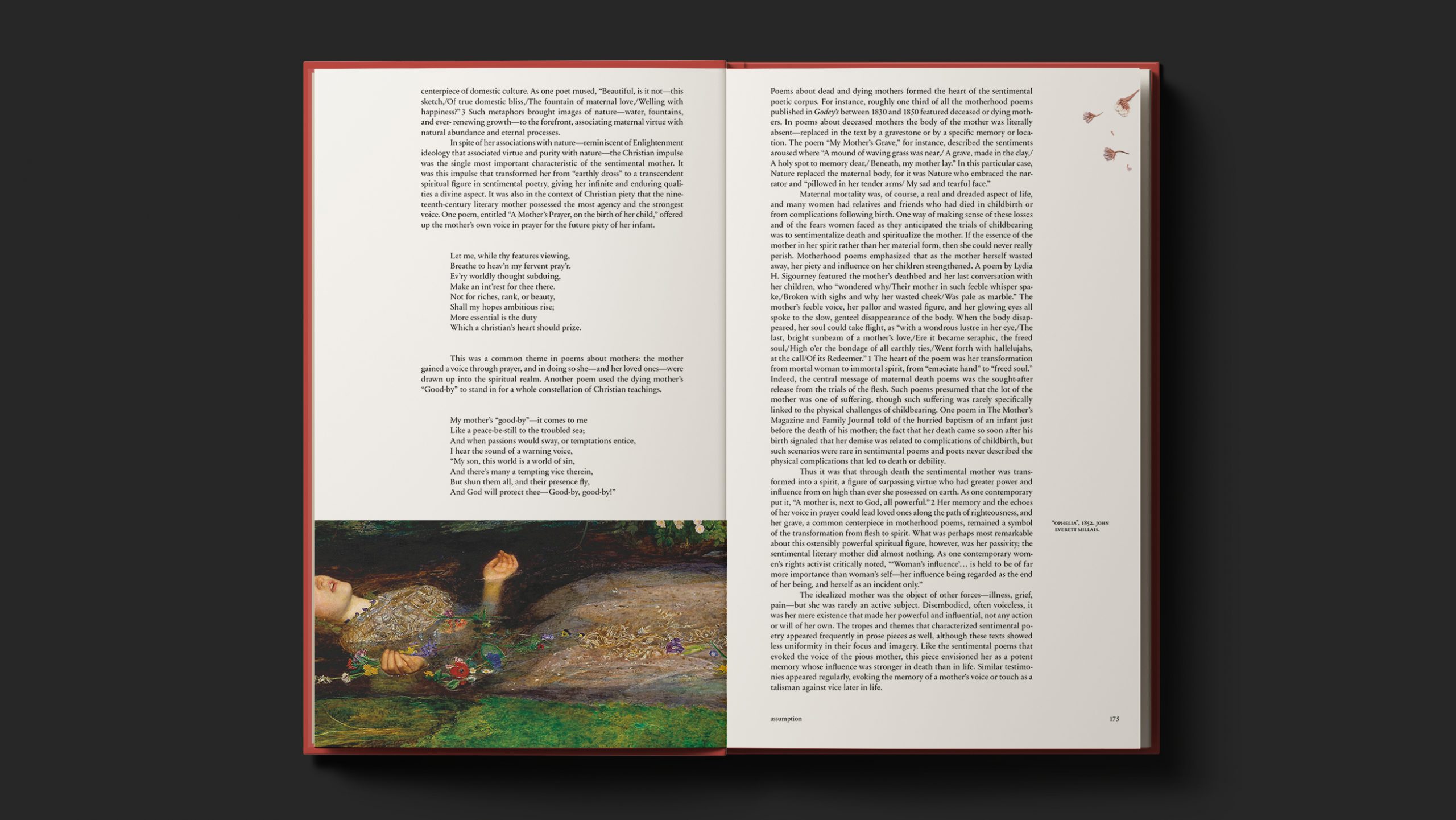

“The woman’s body, with it’s potential for gestating, bringing forth an nourishing new life, has been through the ages a field of contradictions”.
Adrienne Rich

